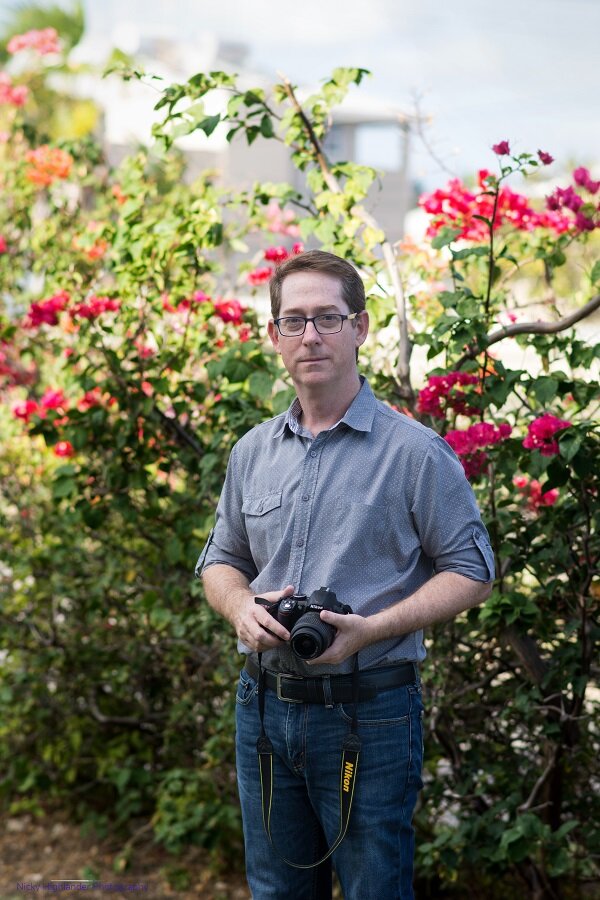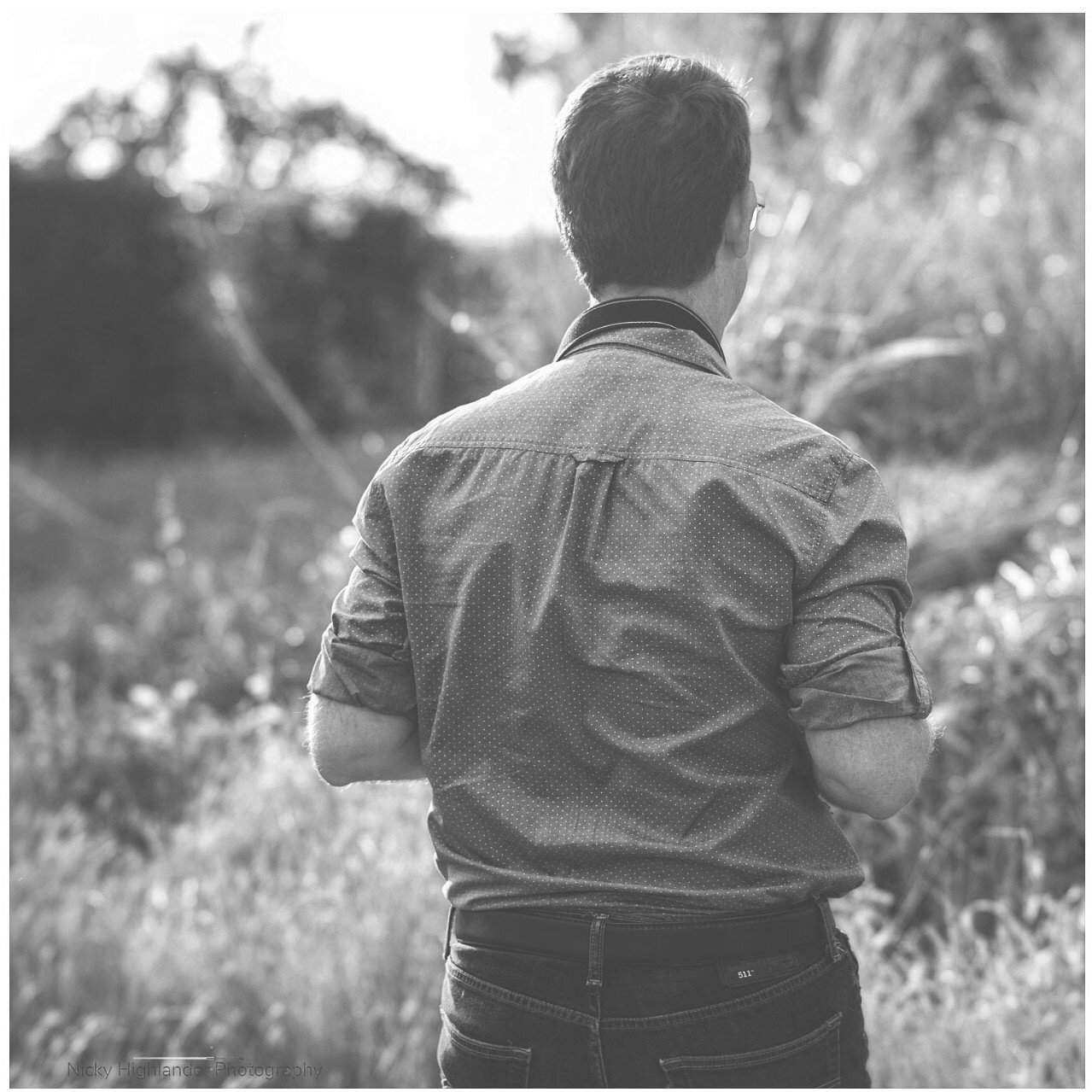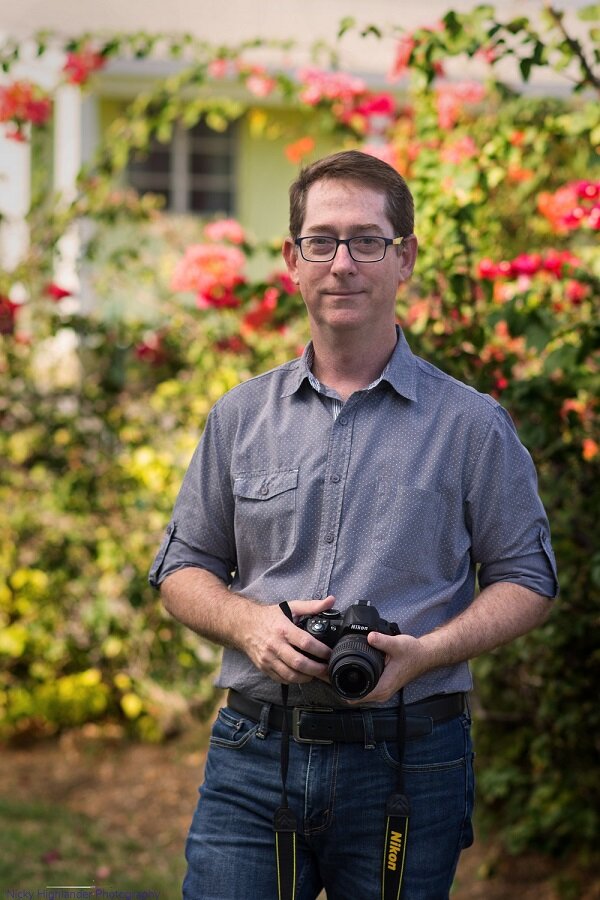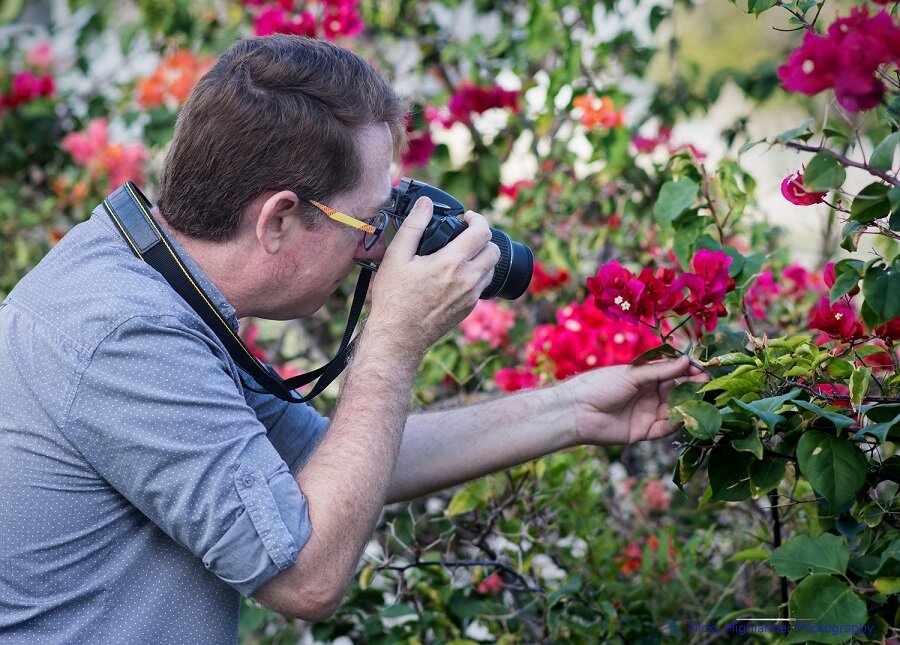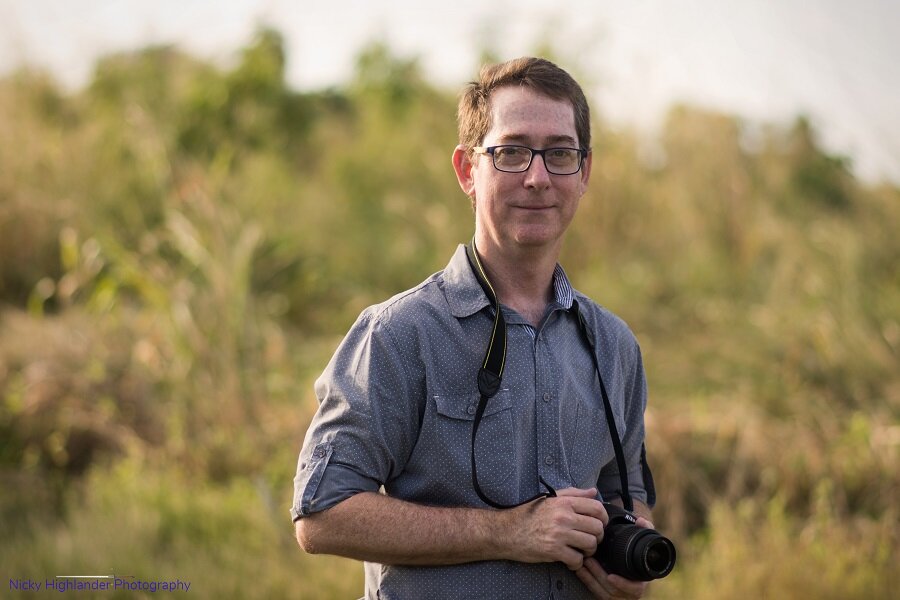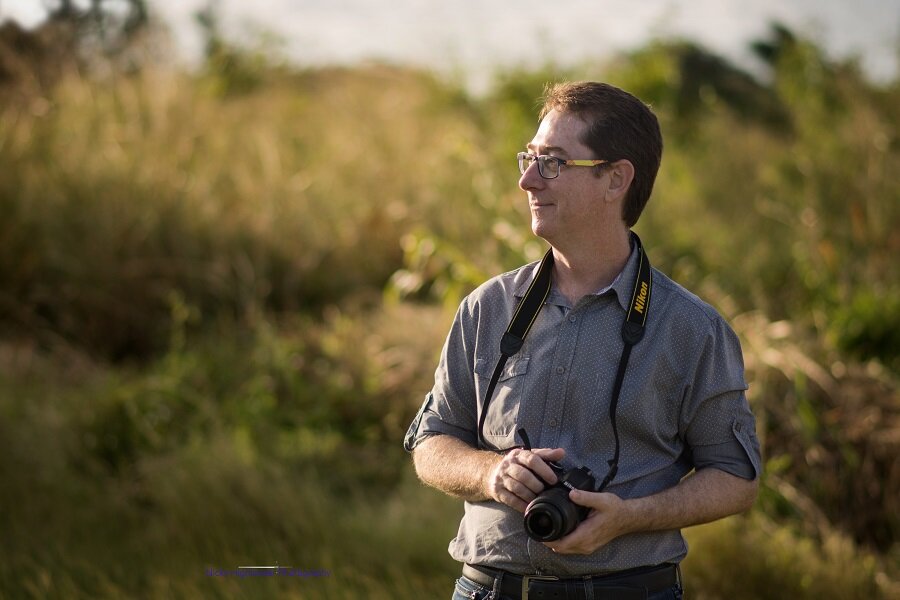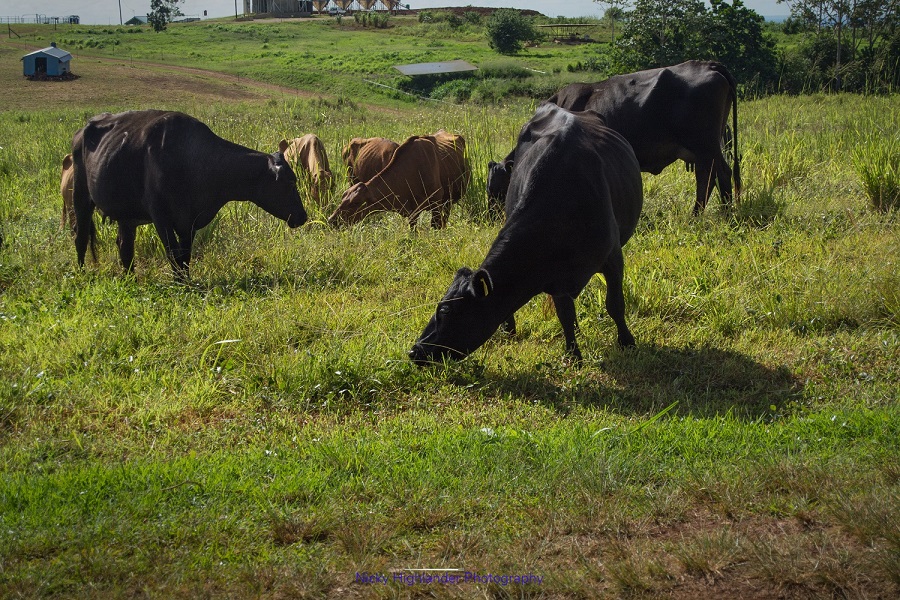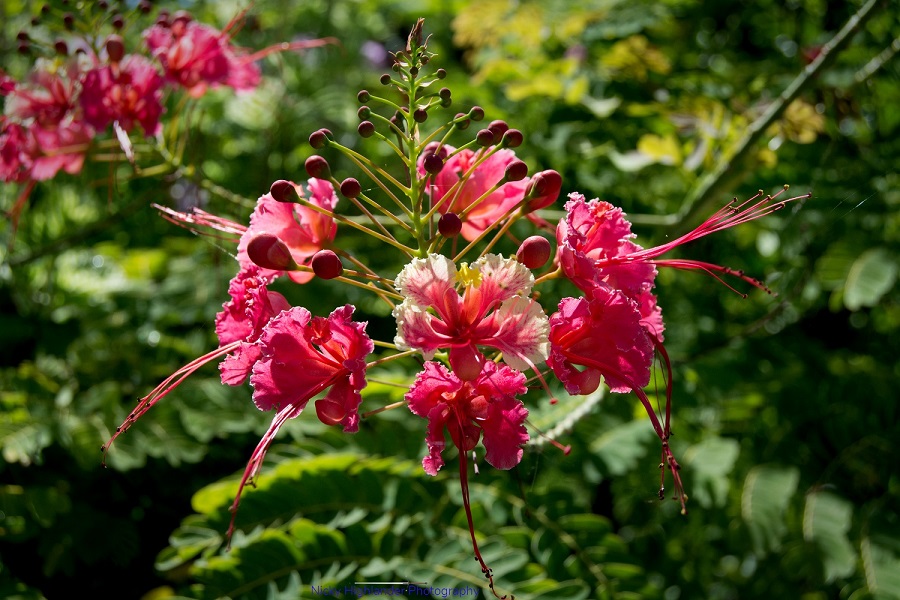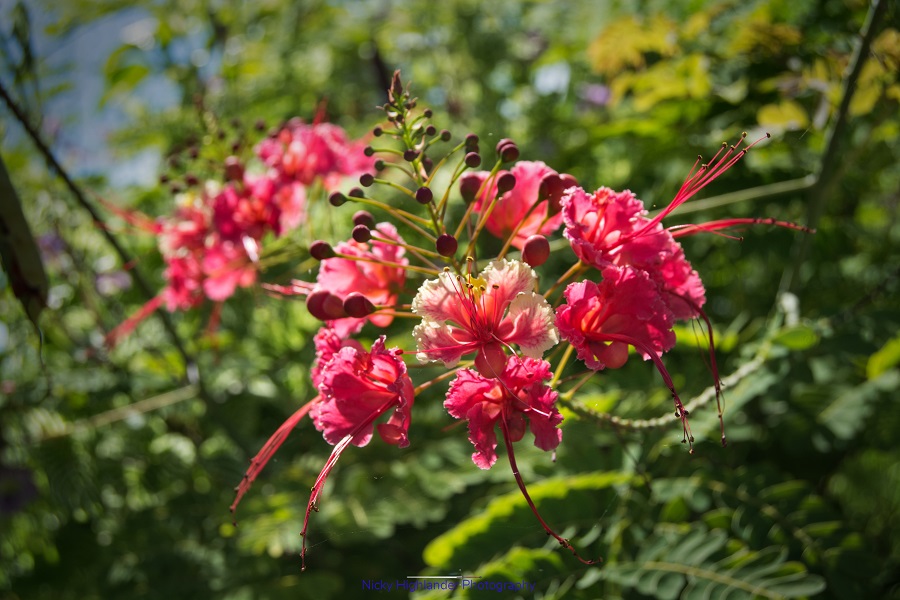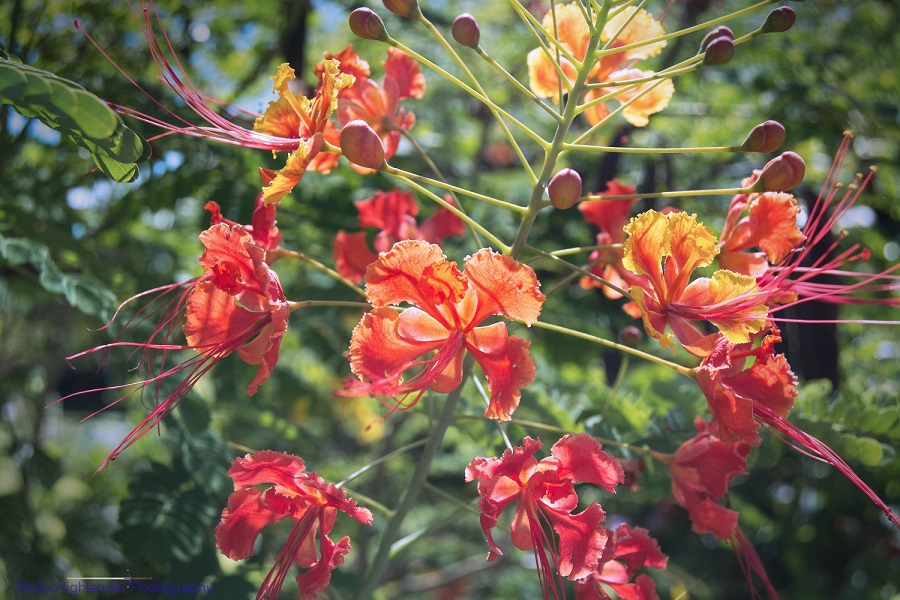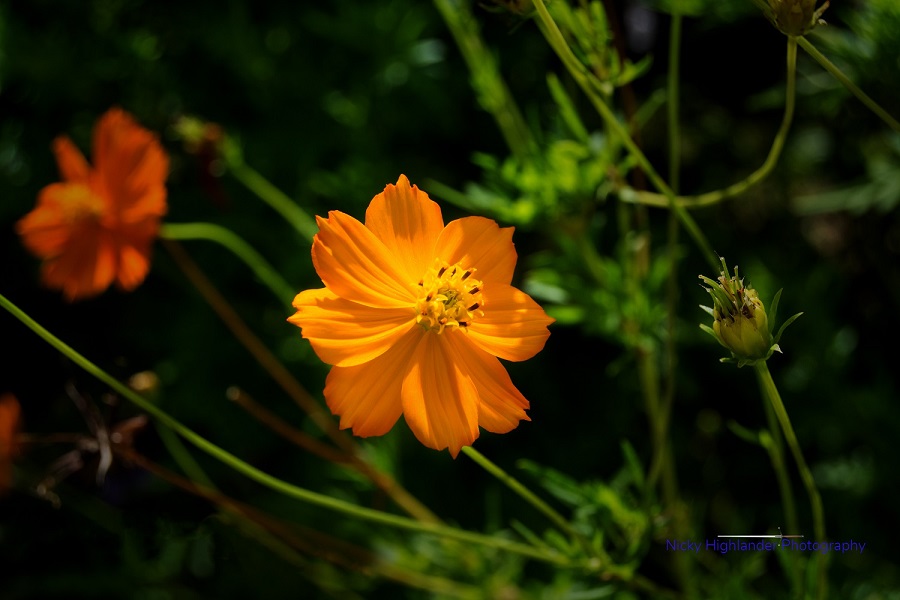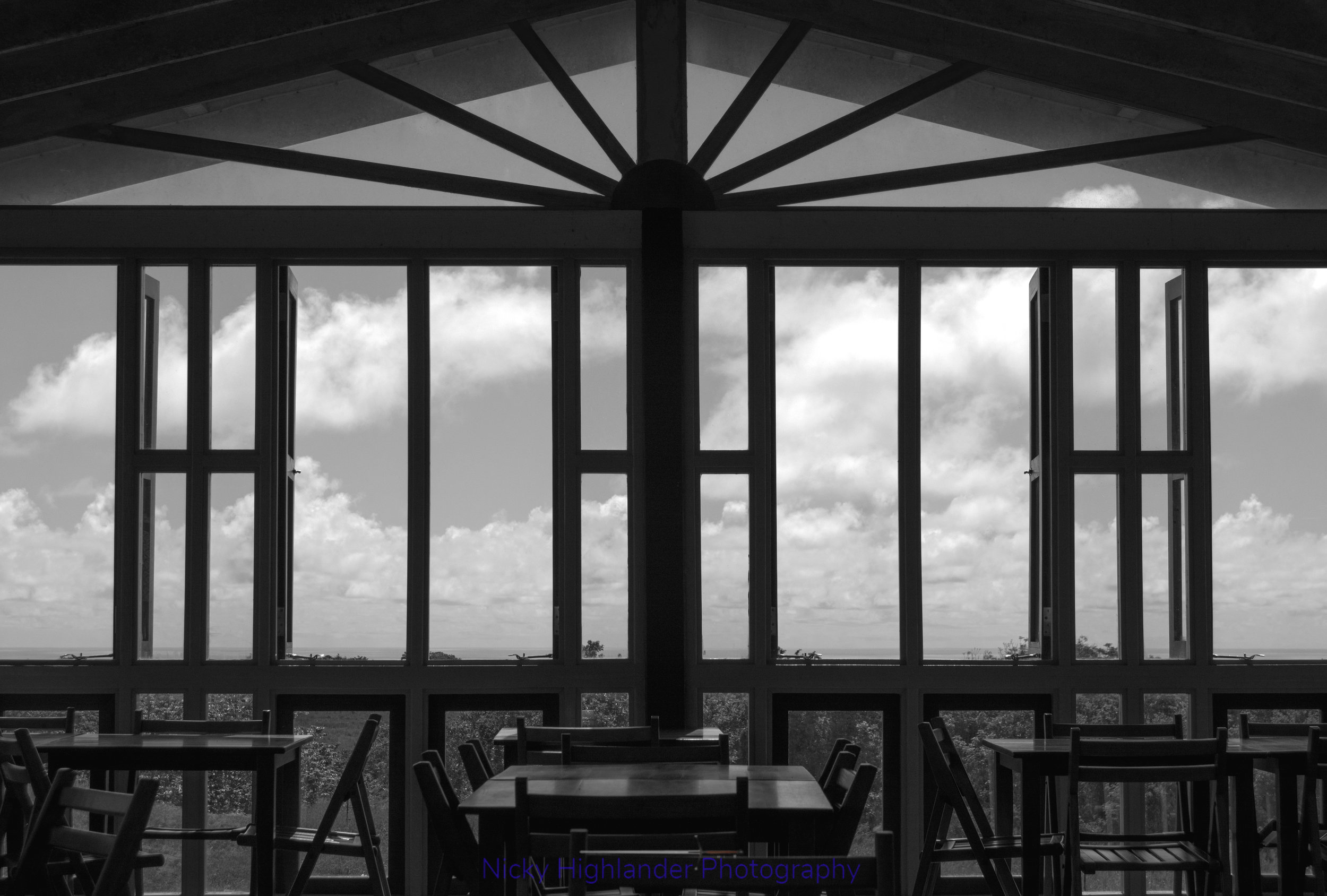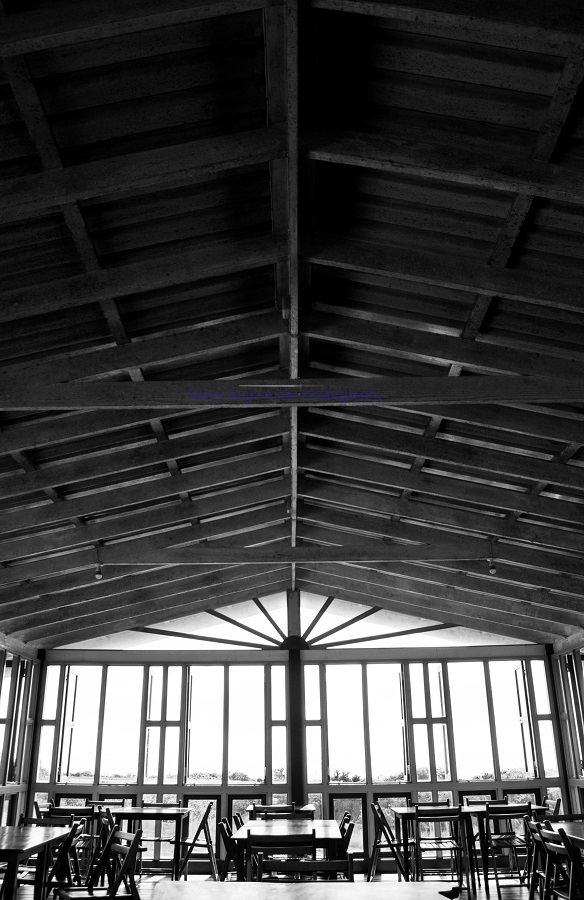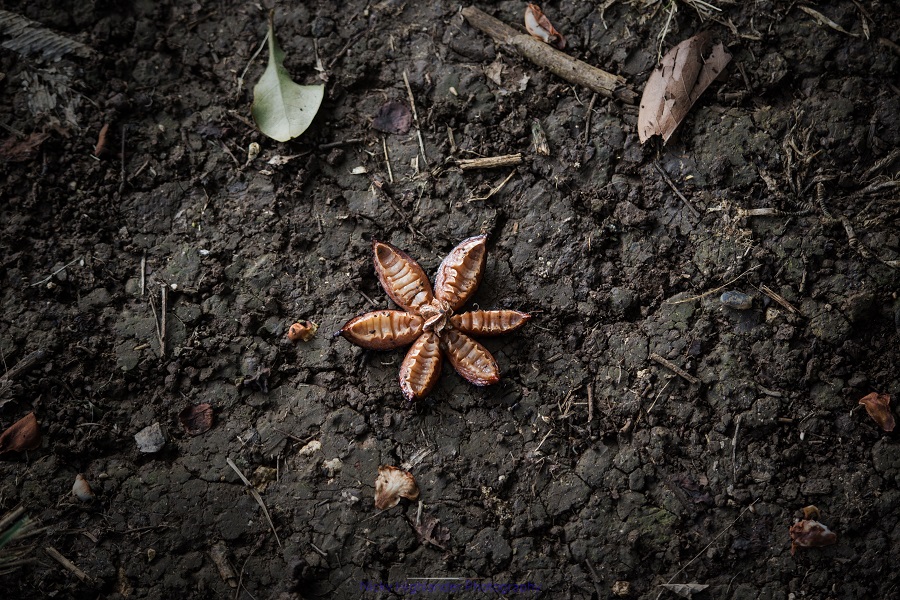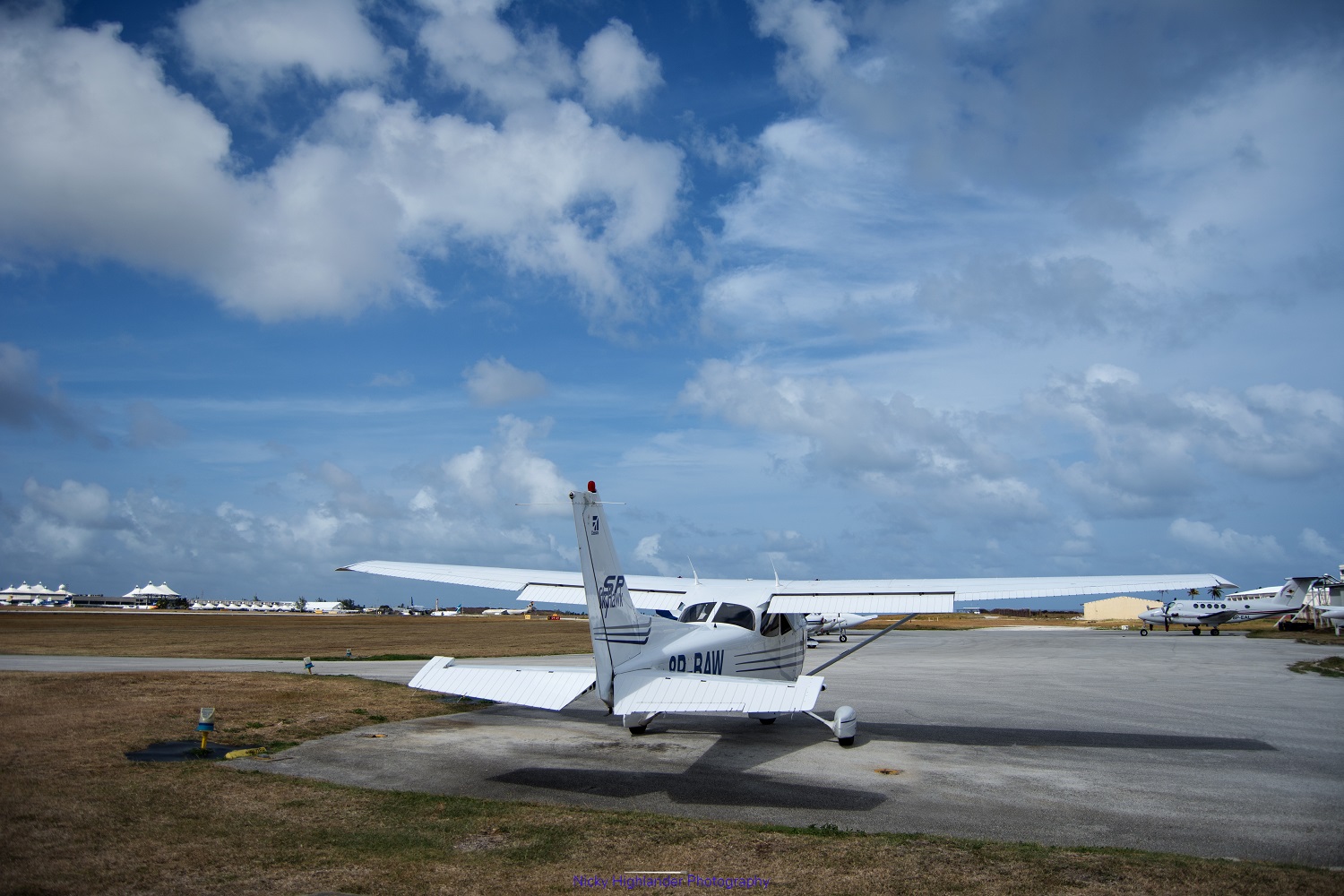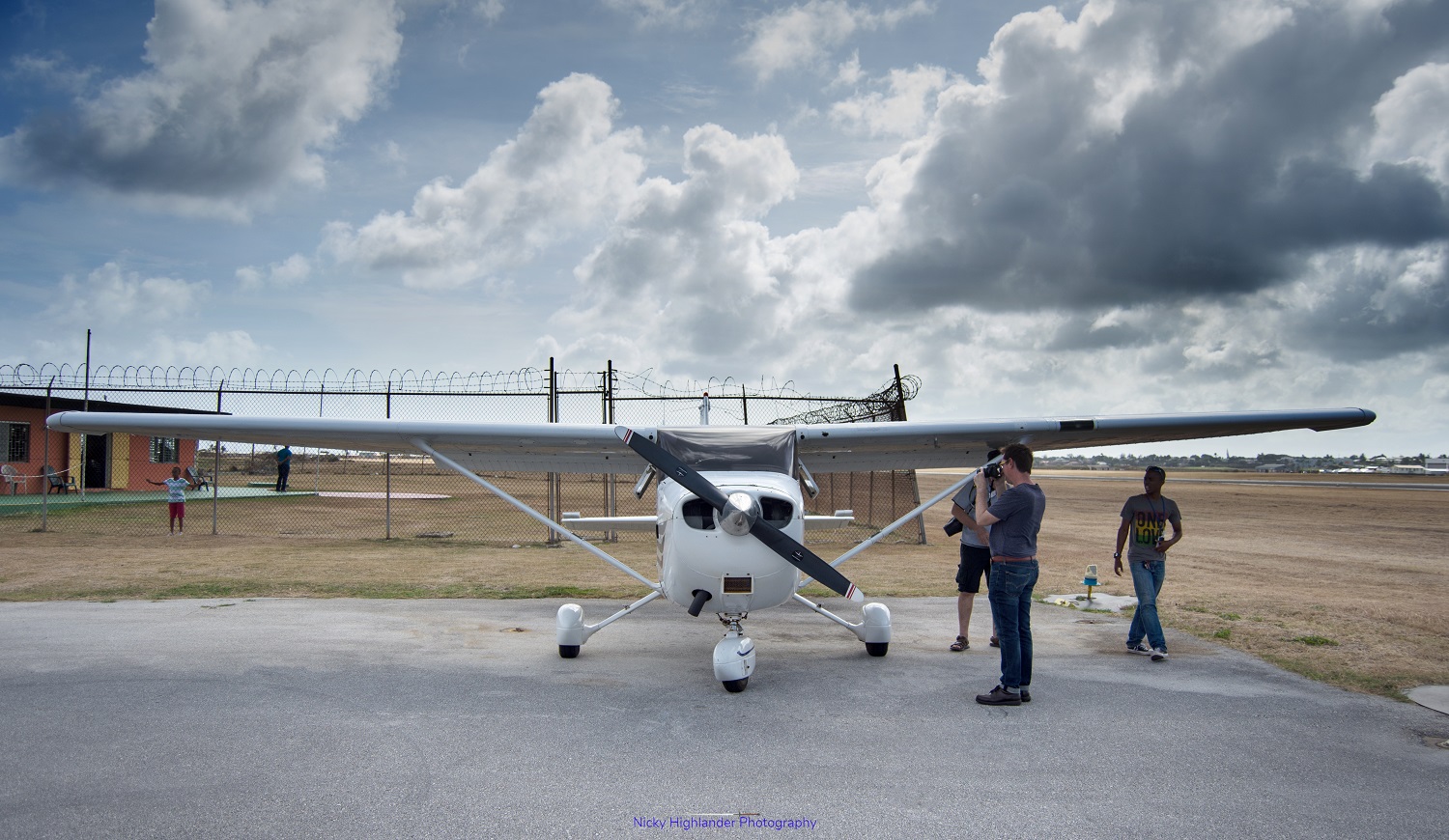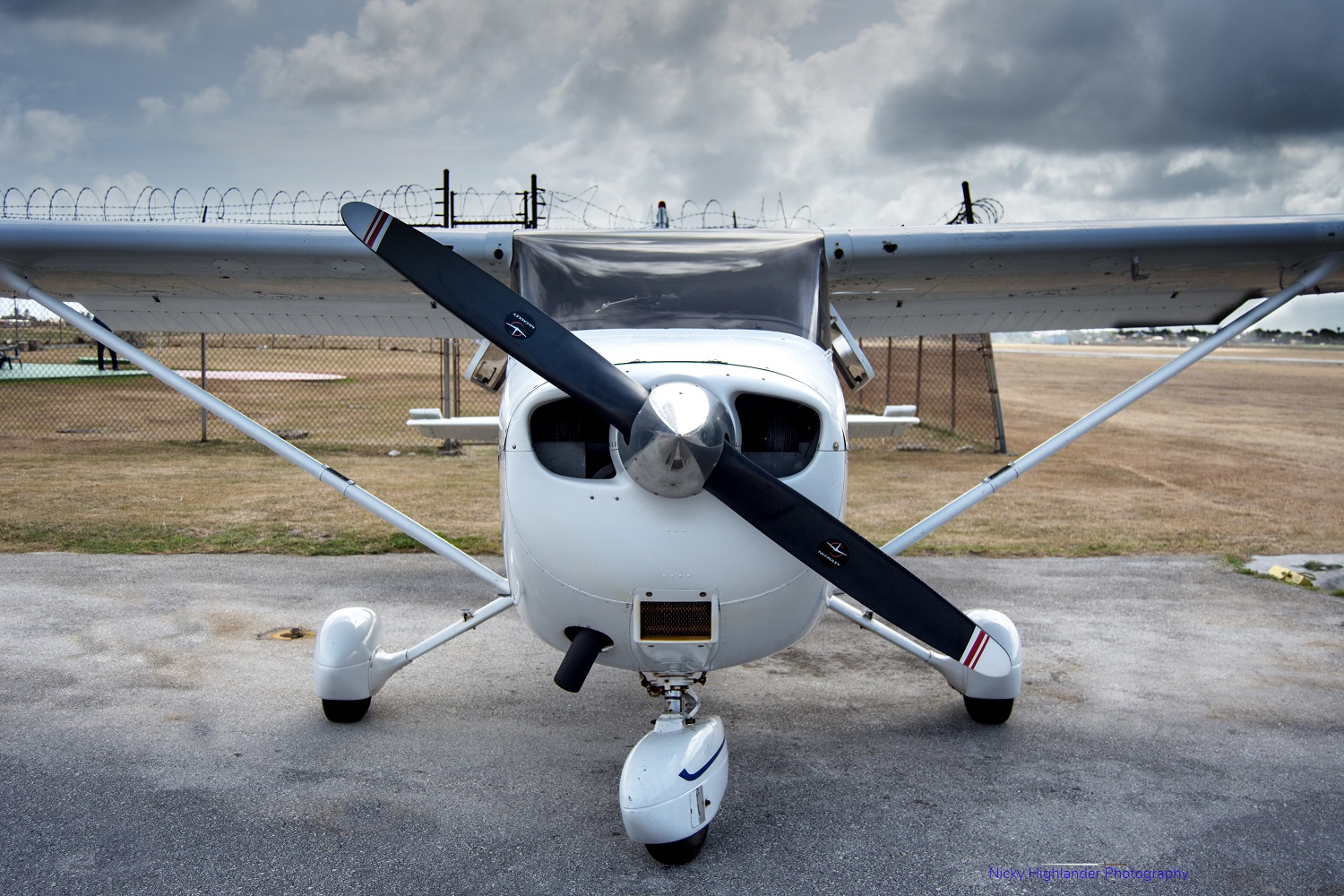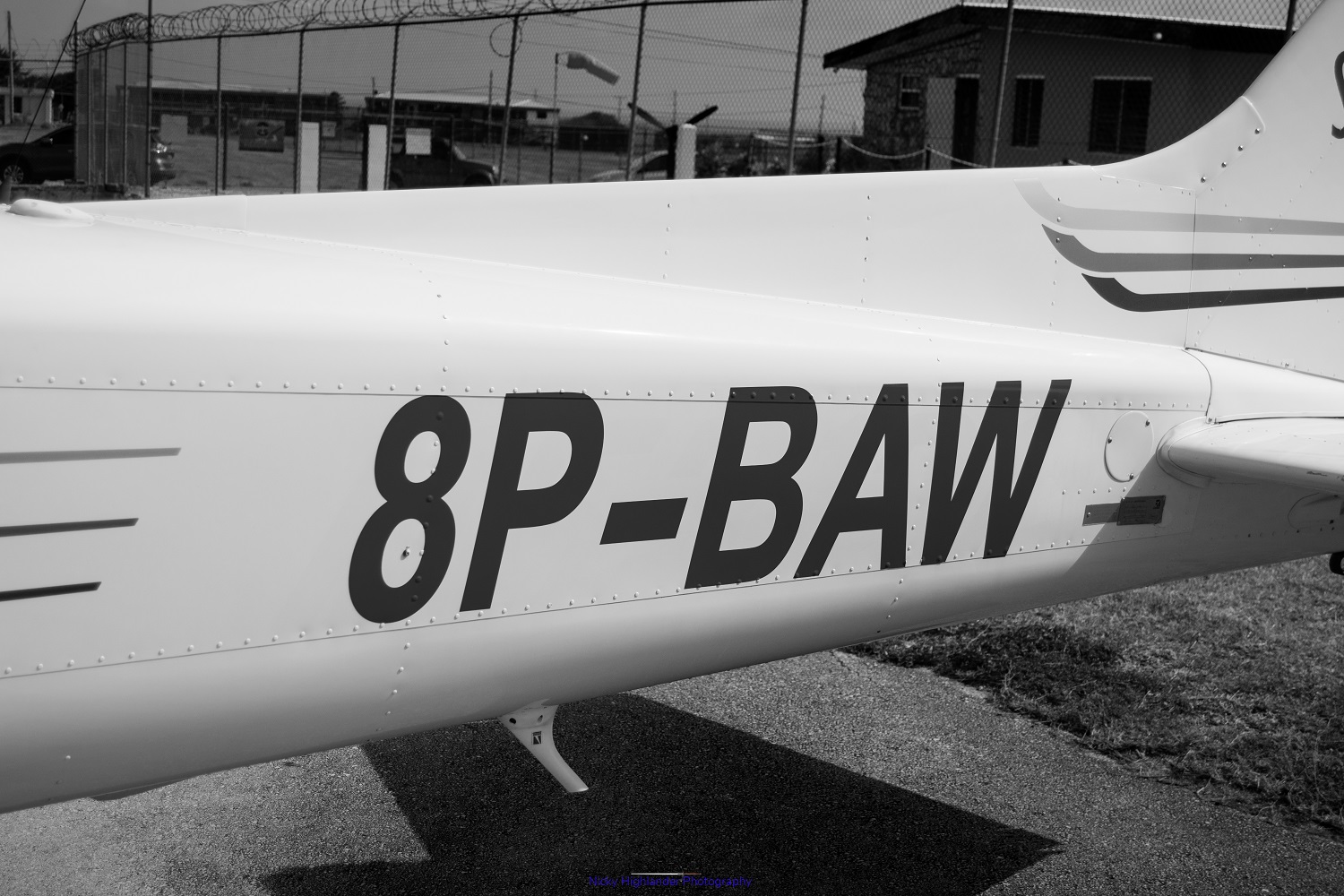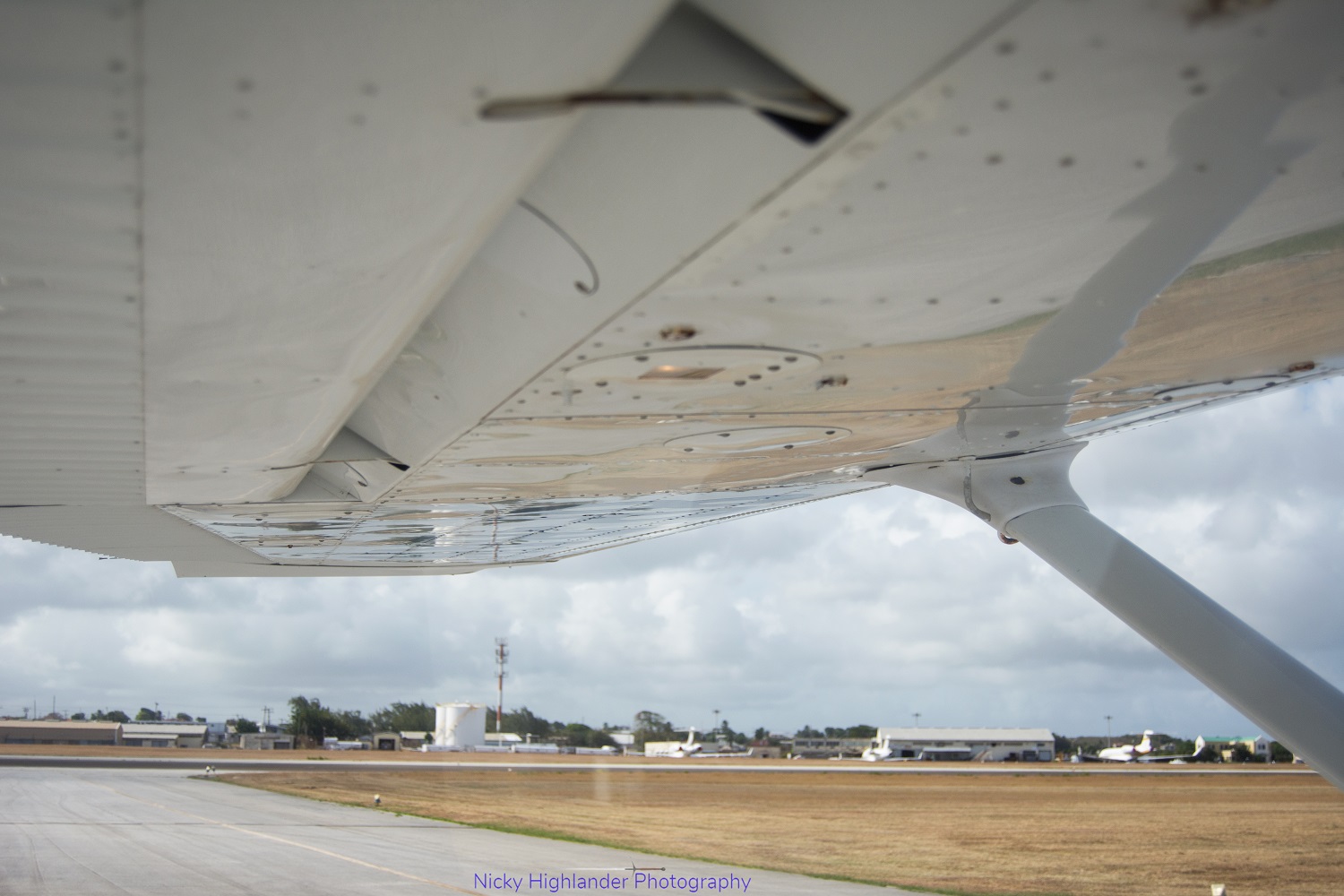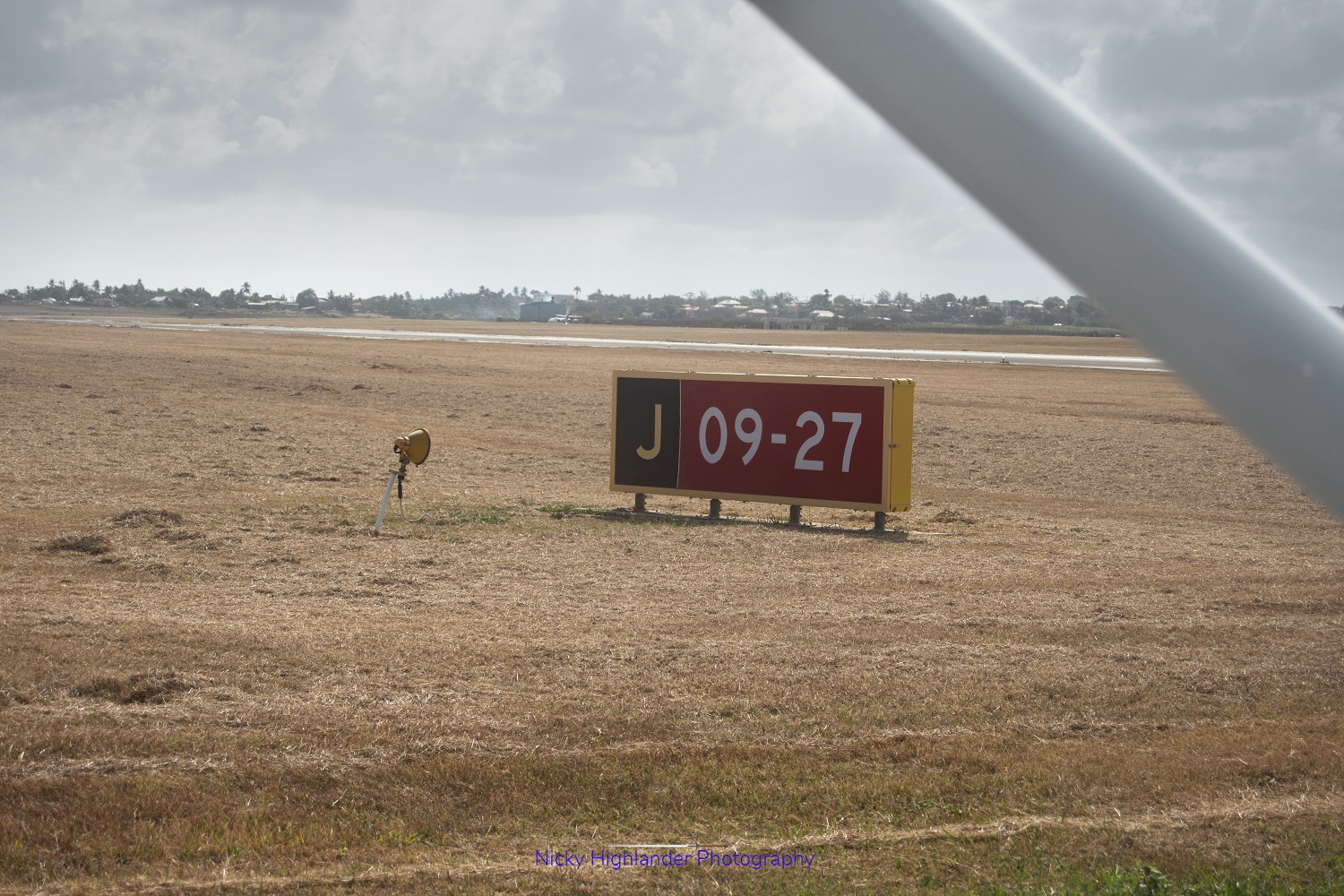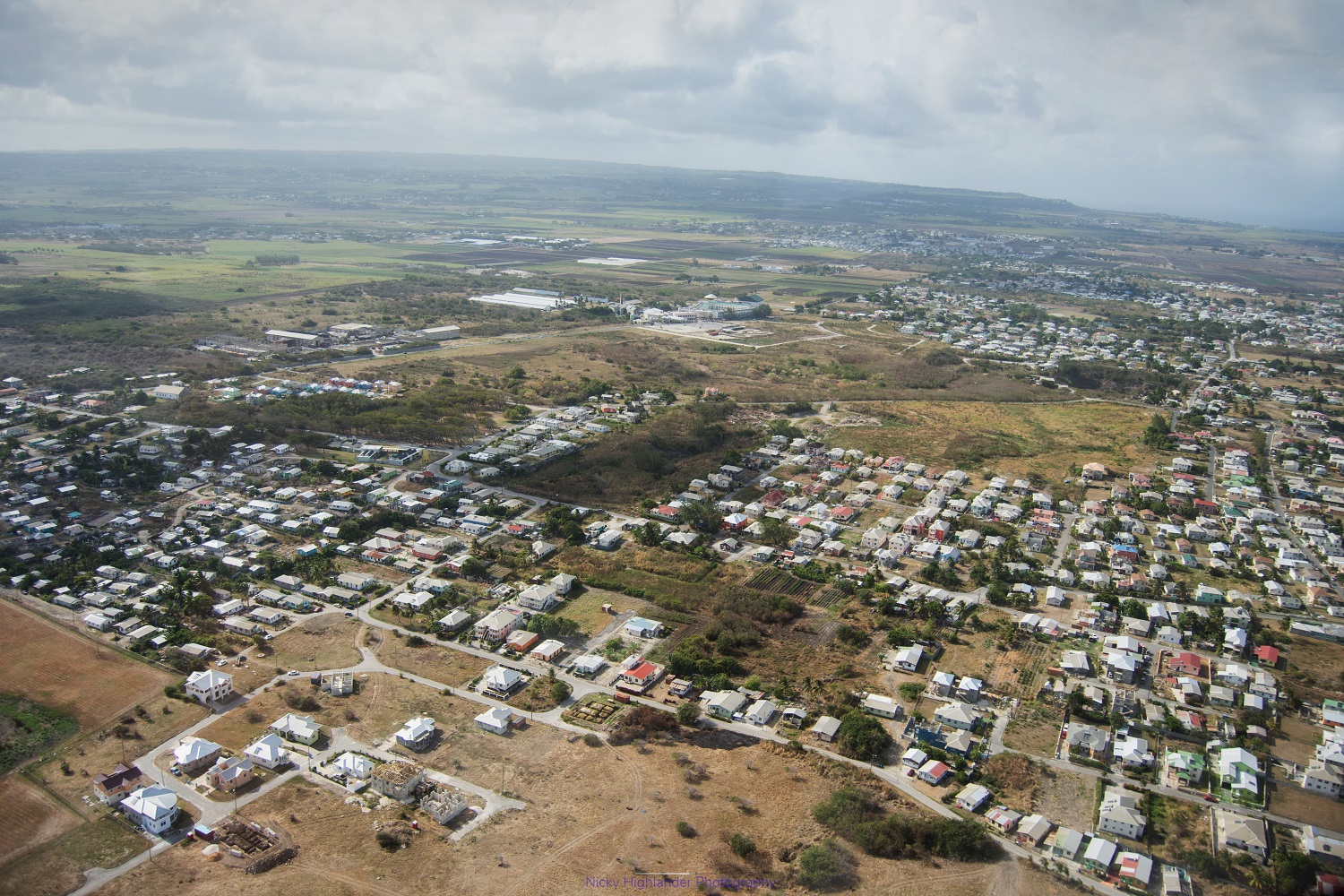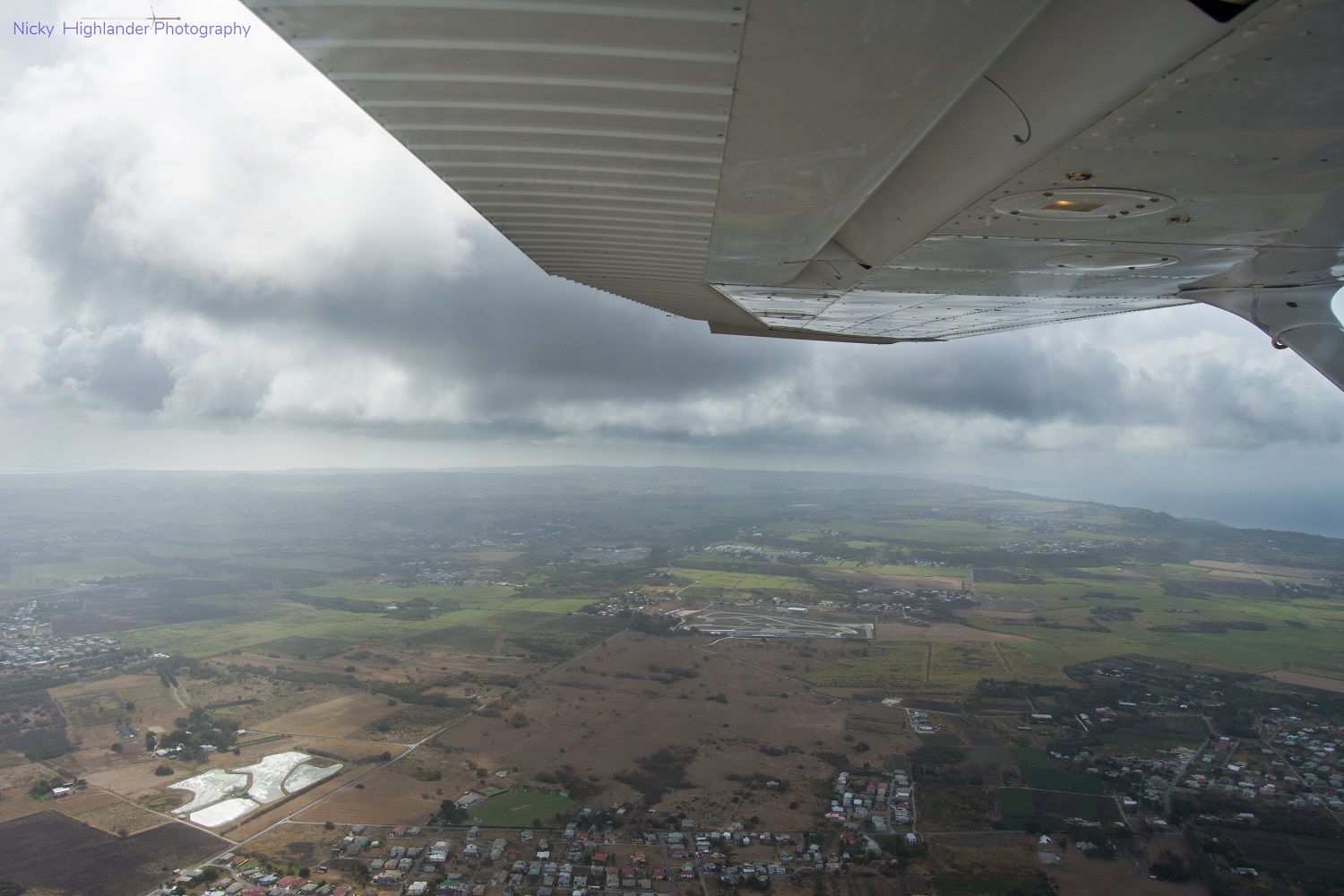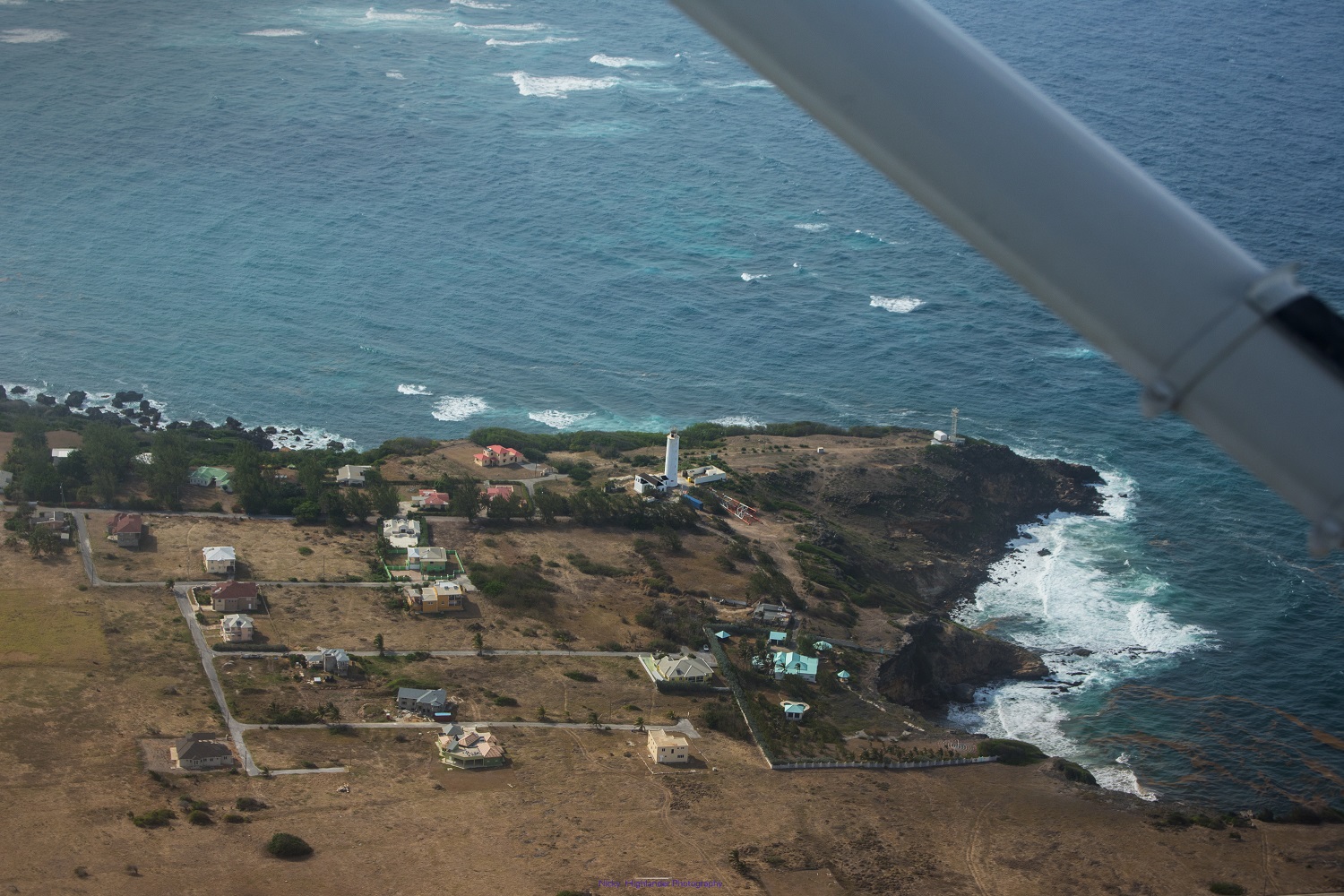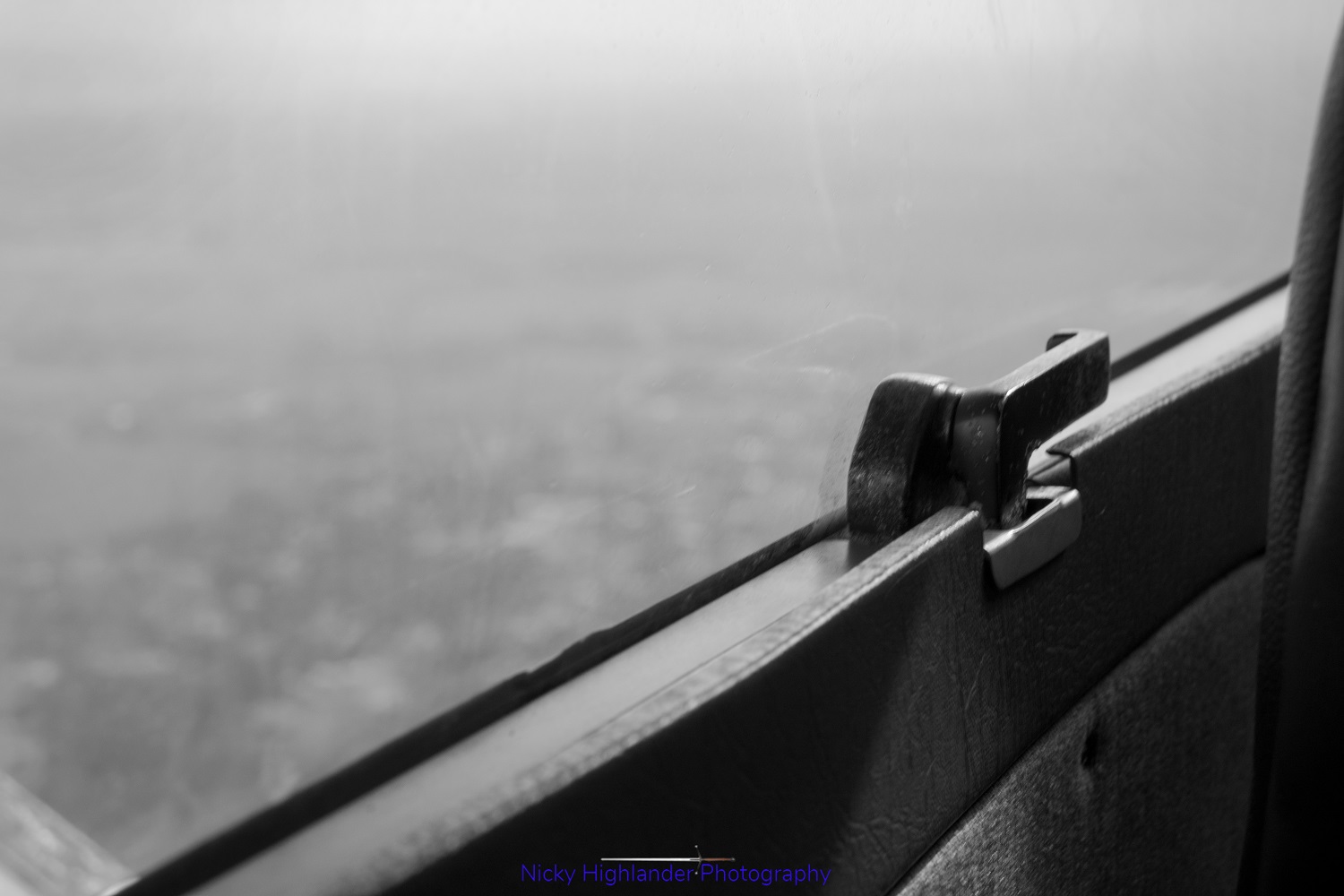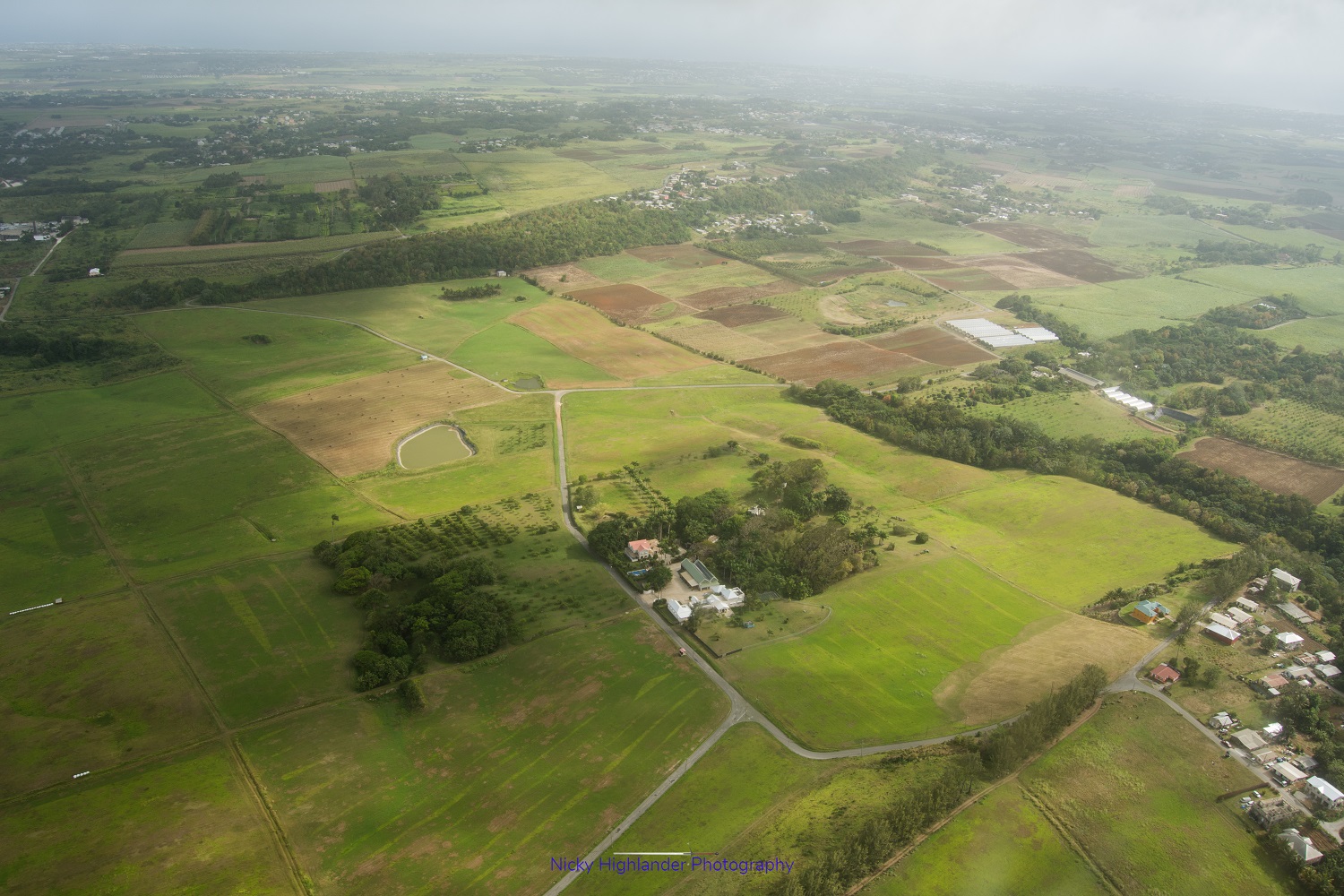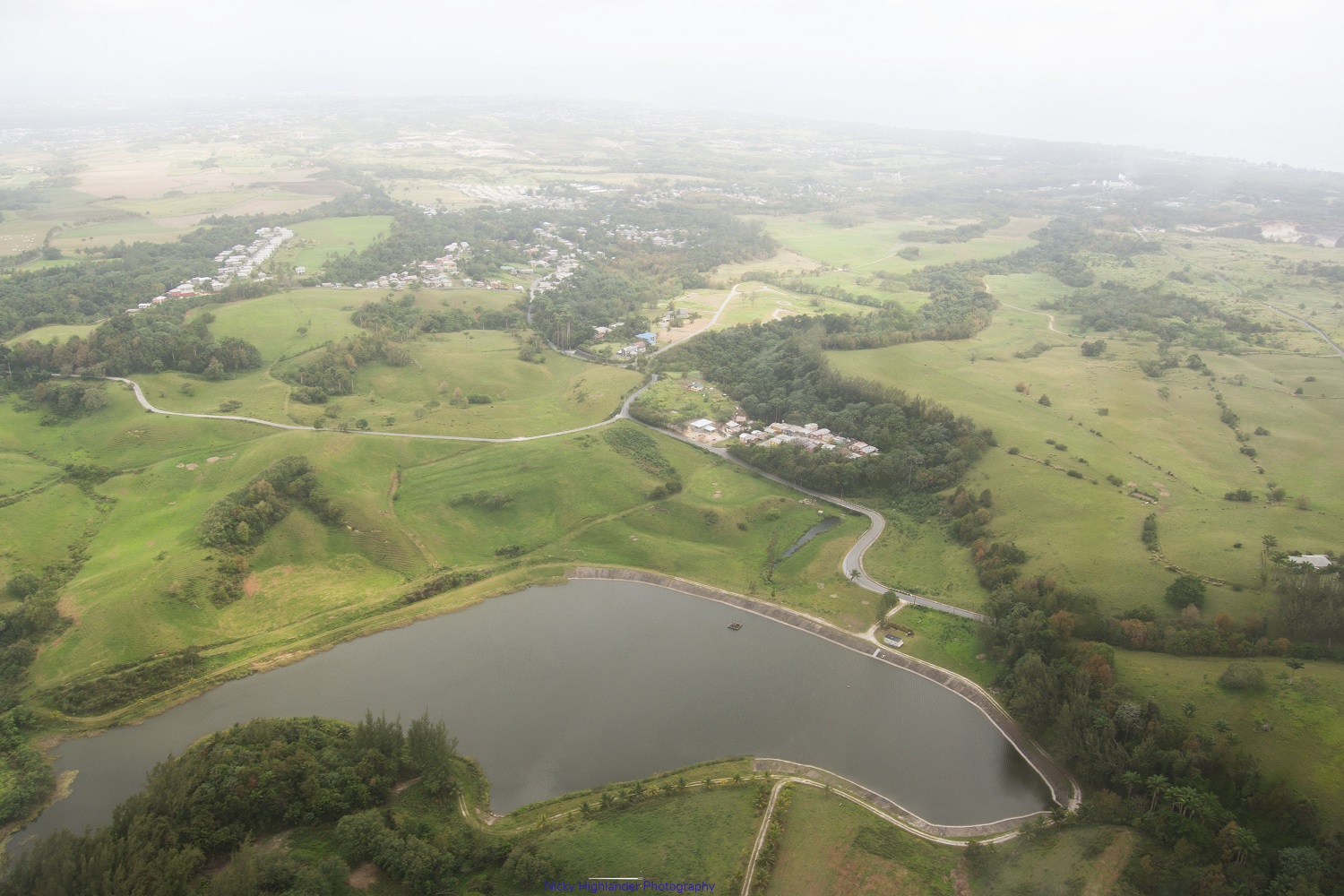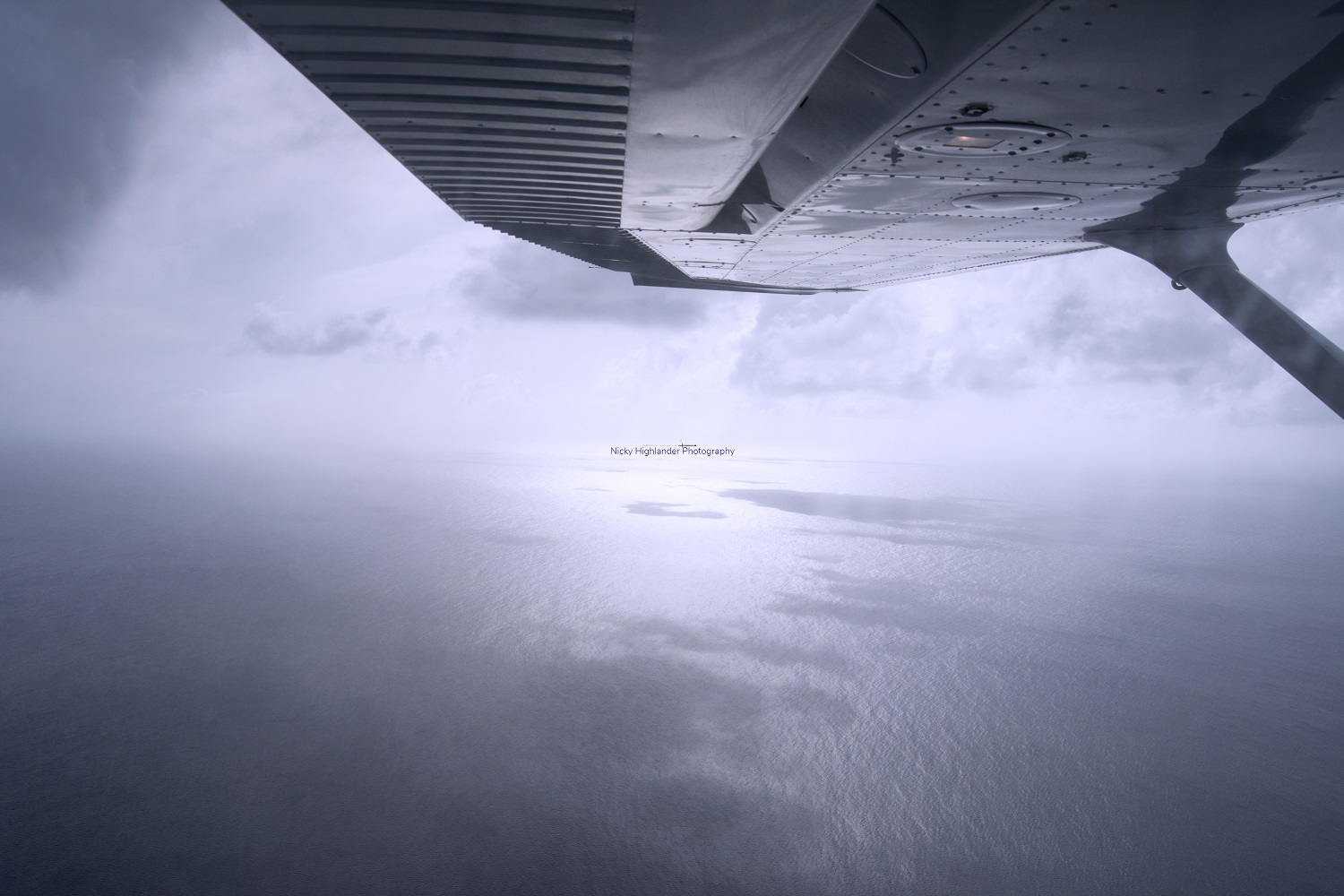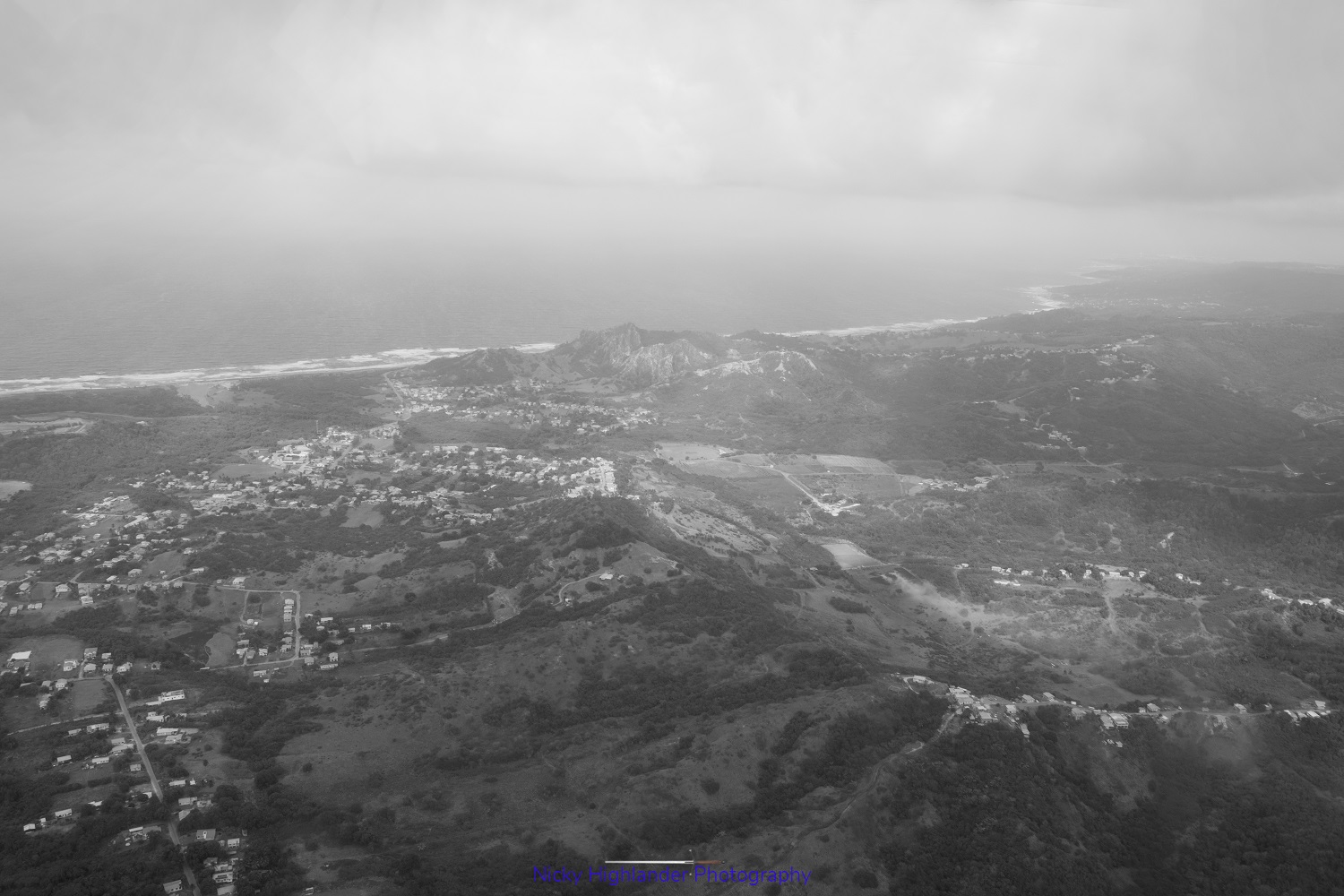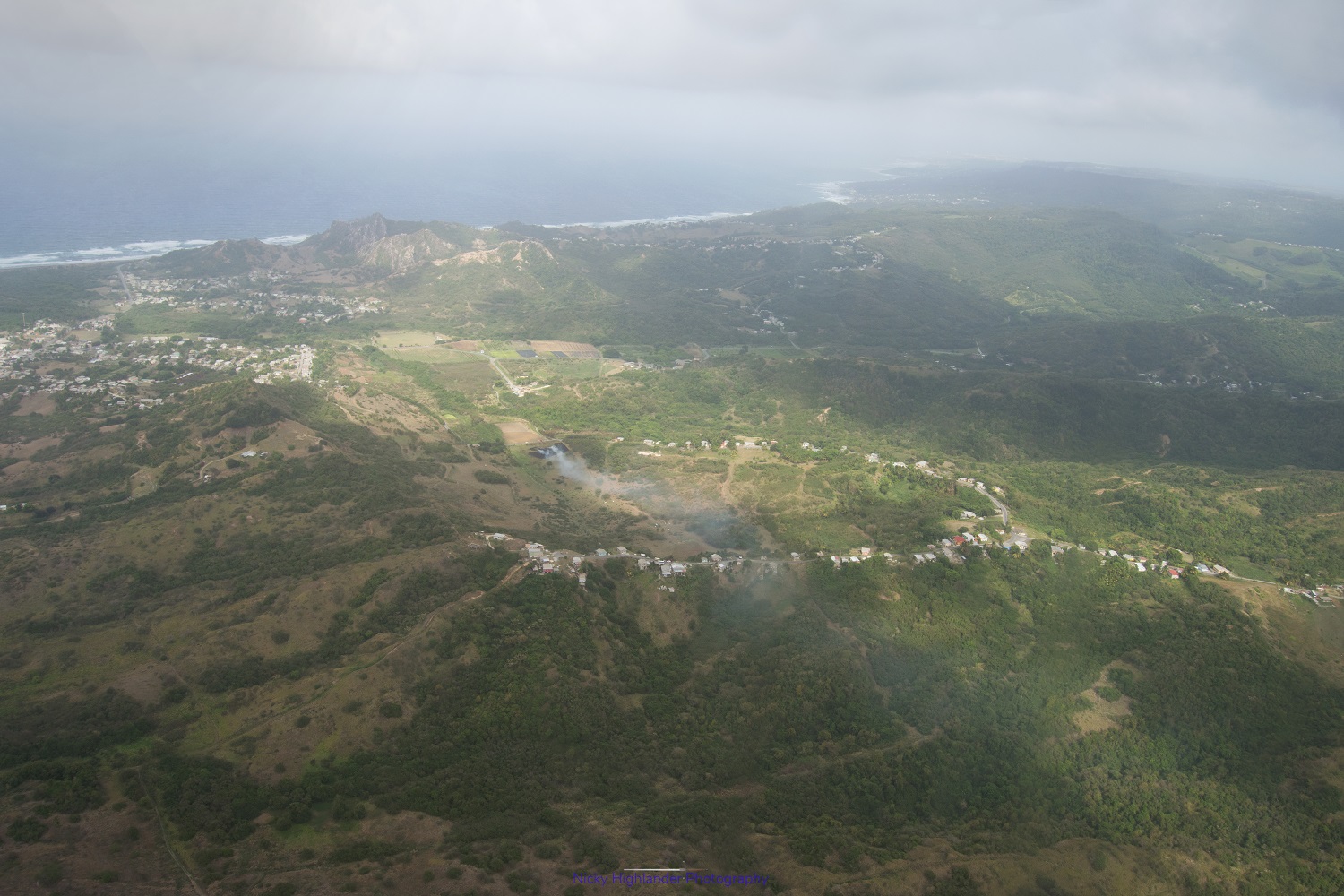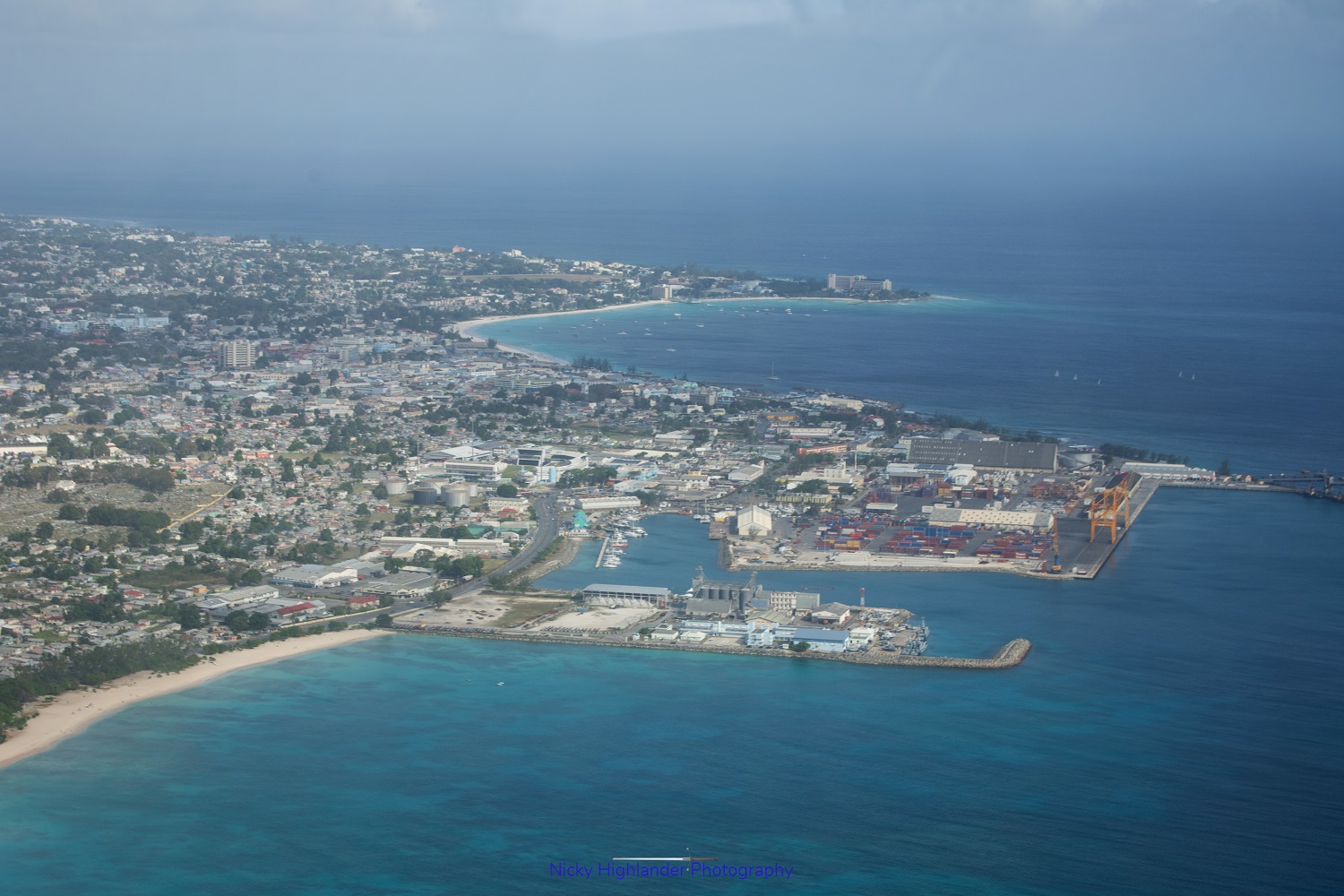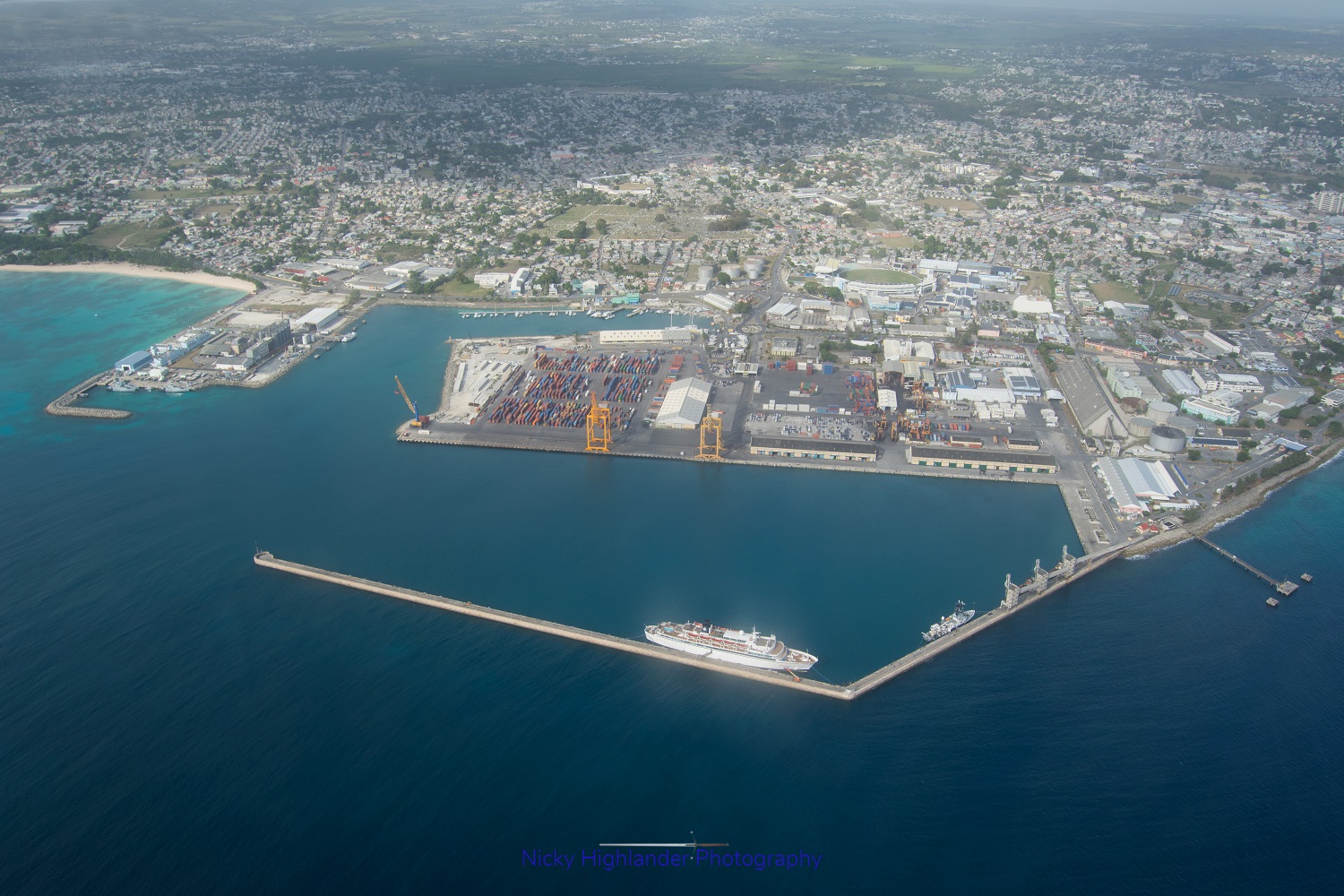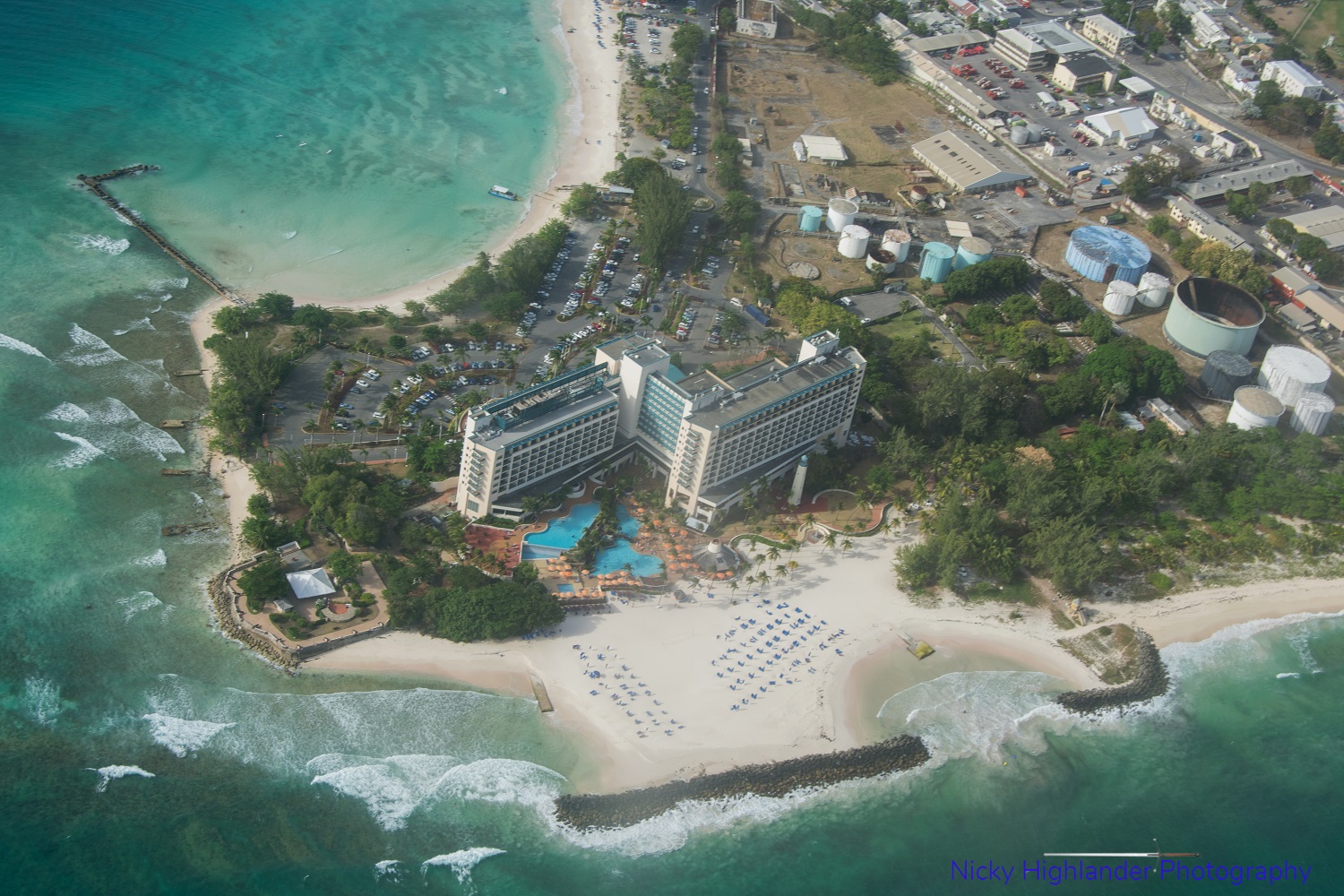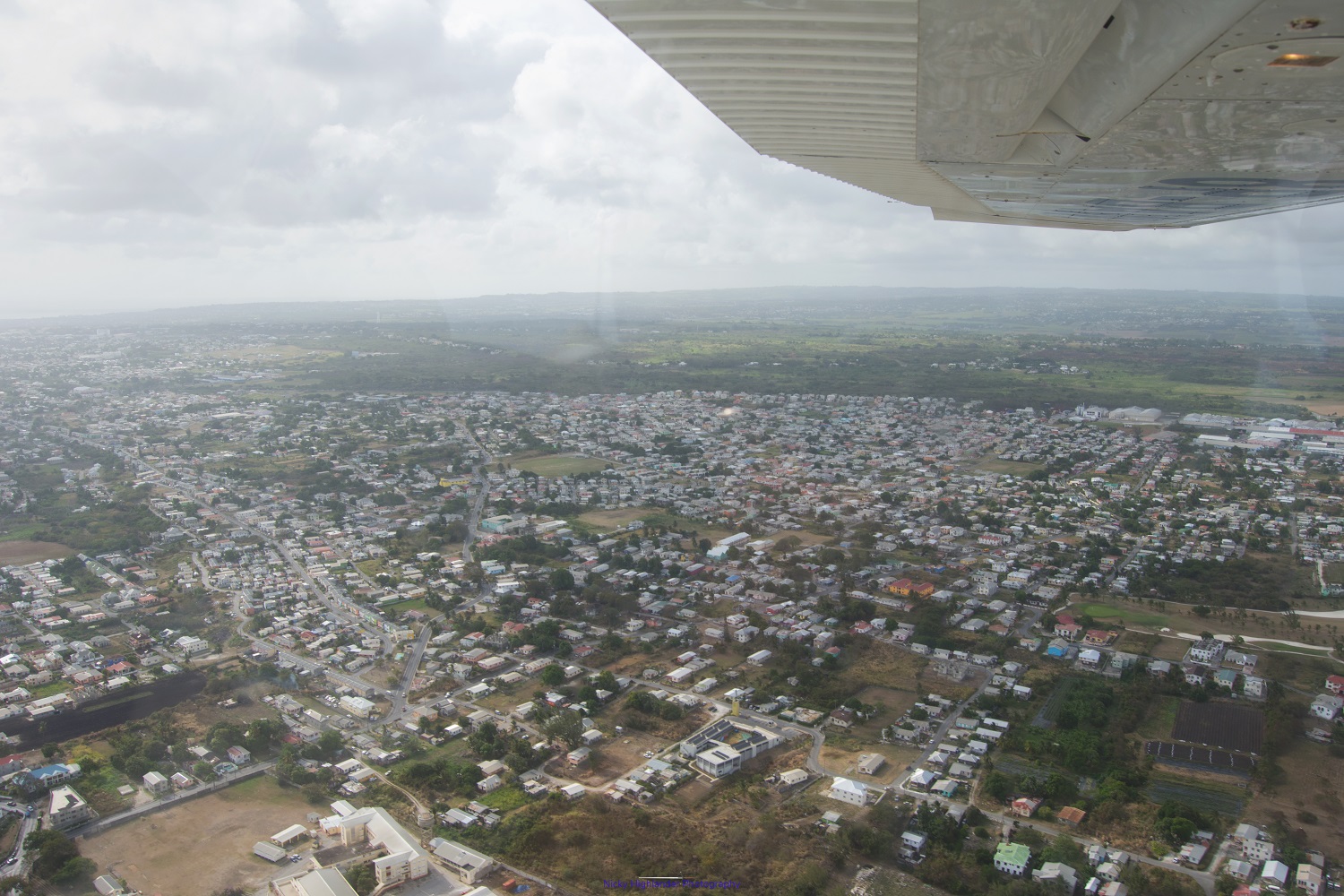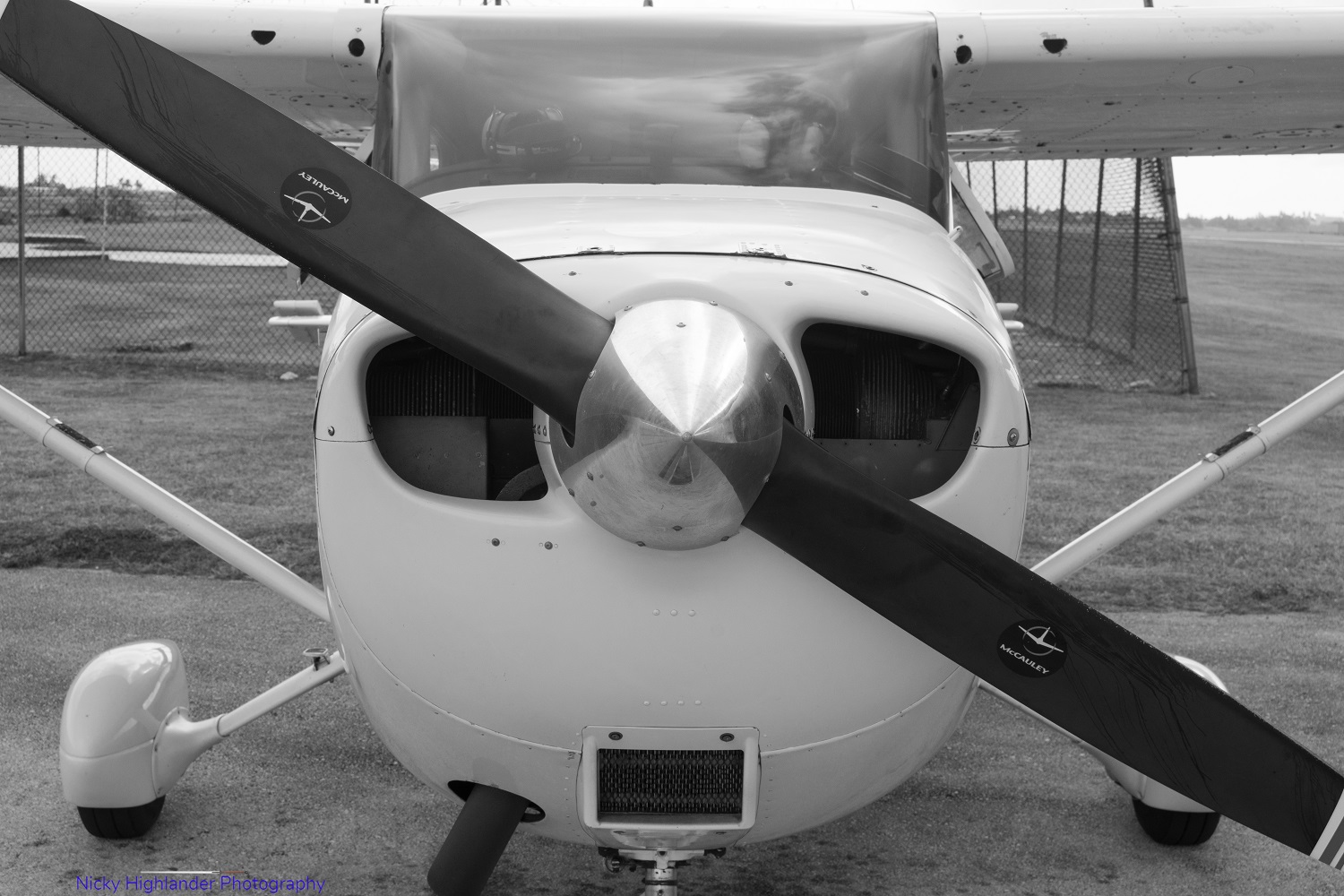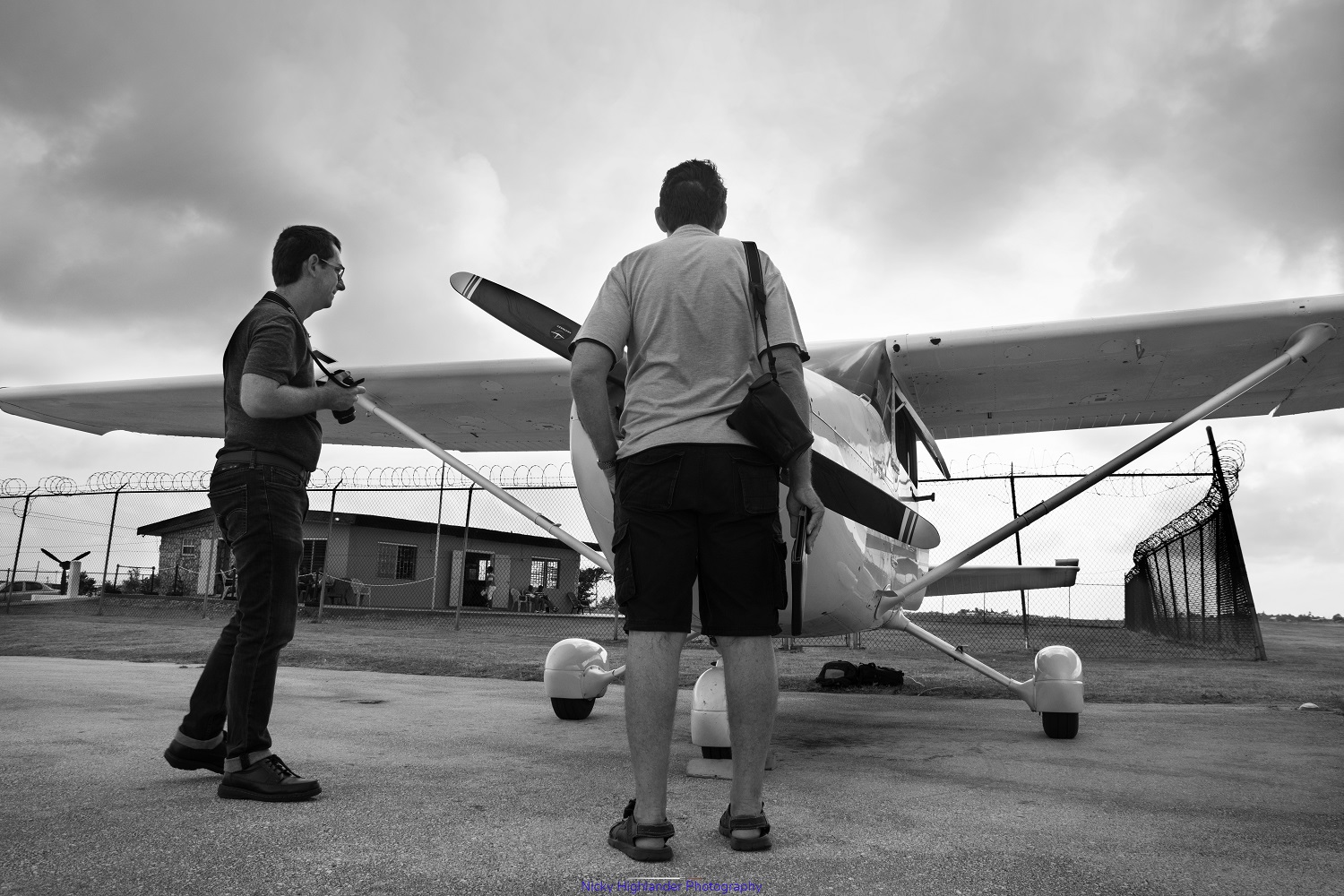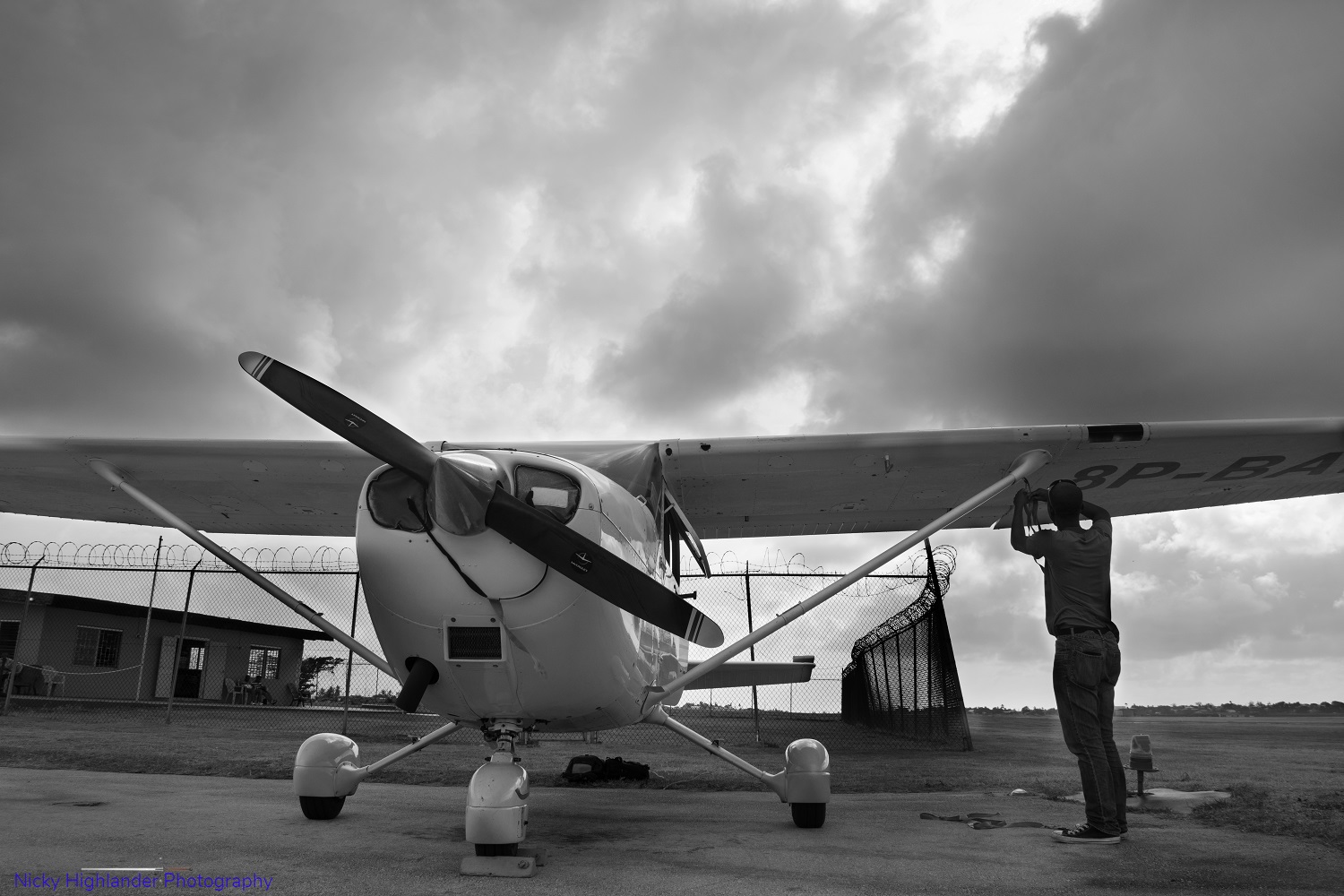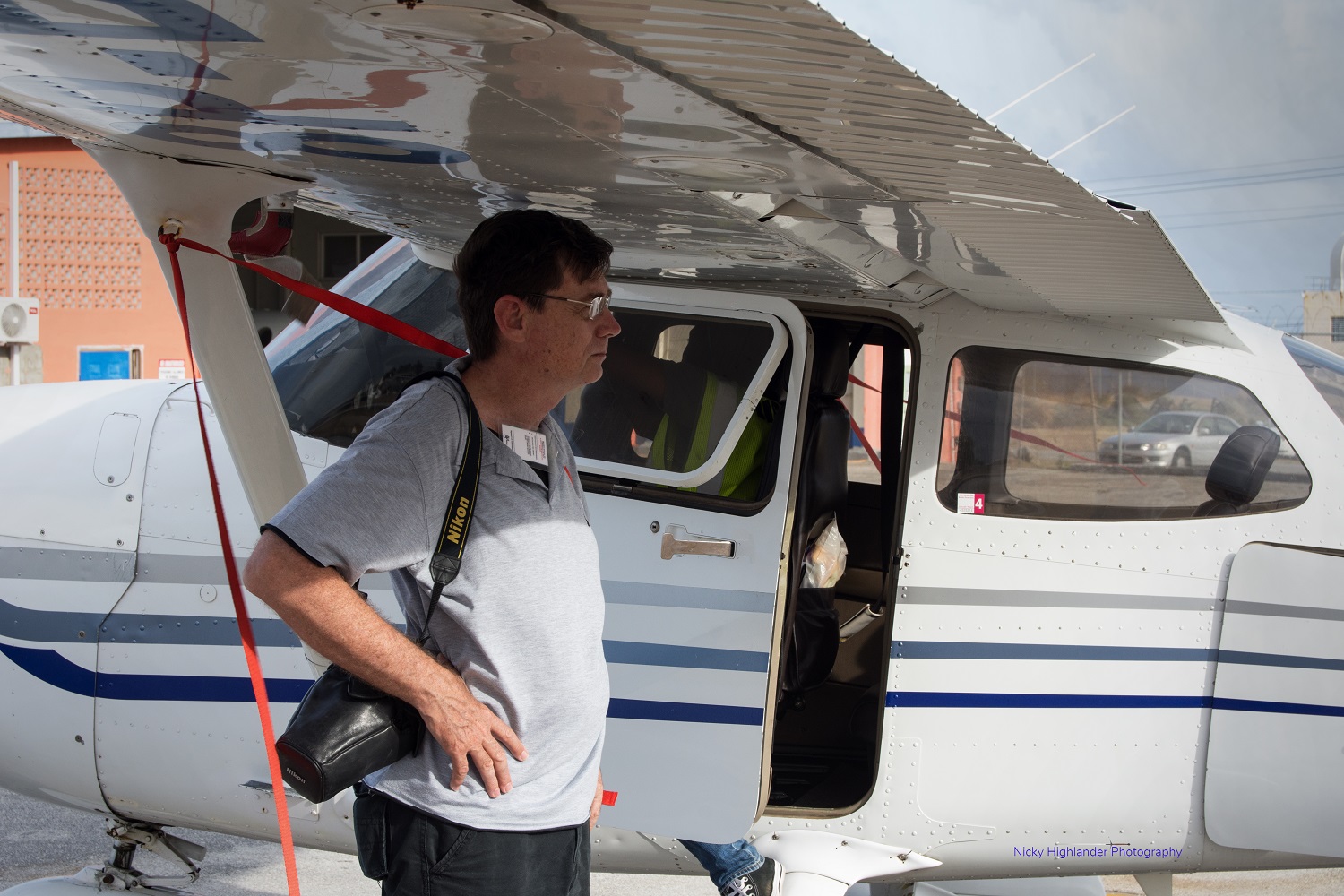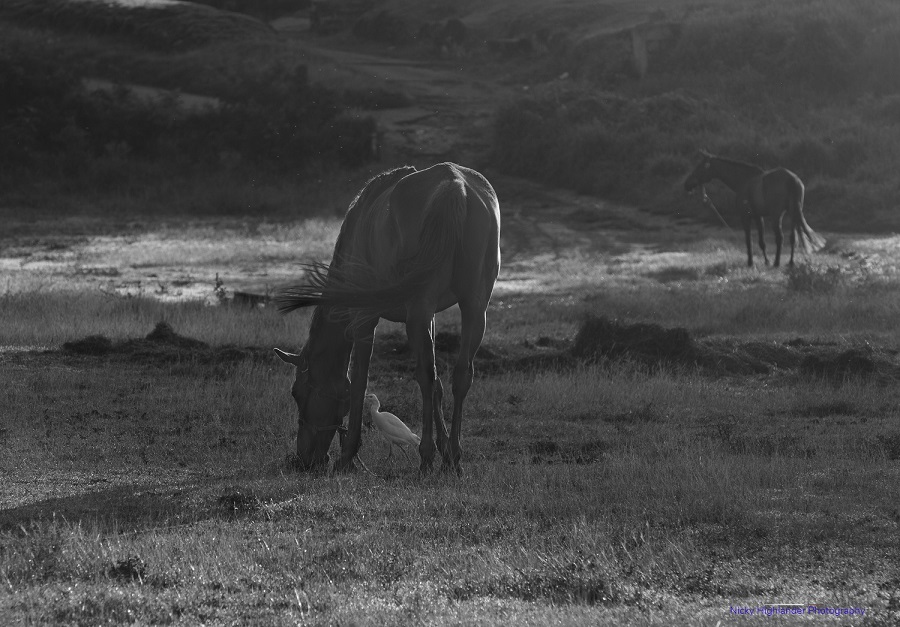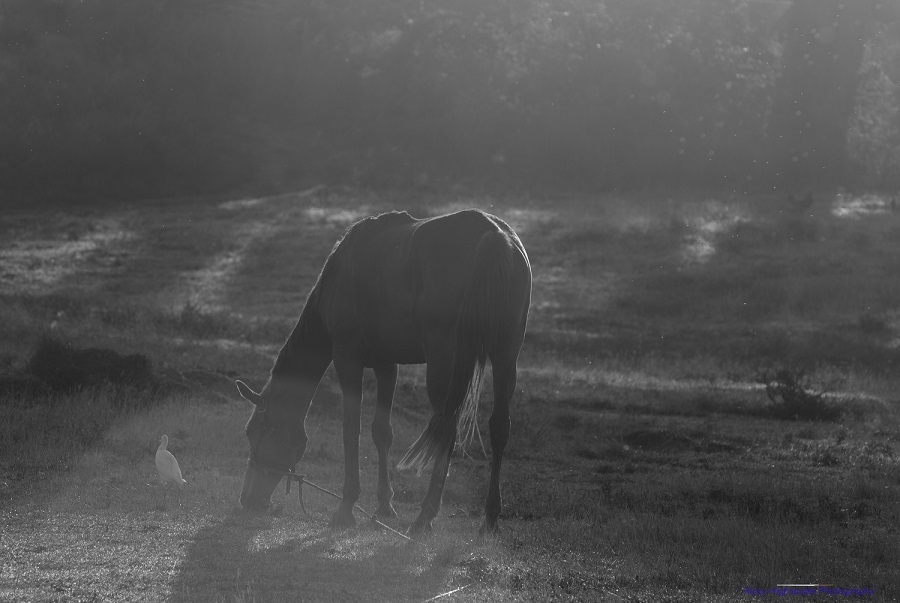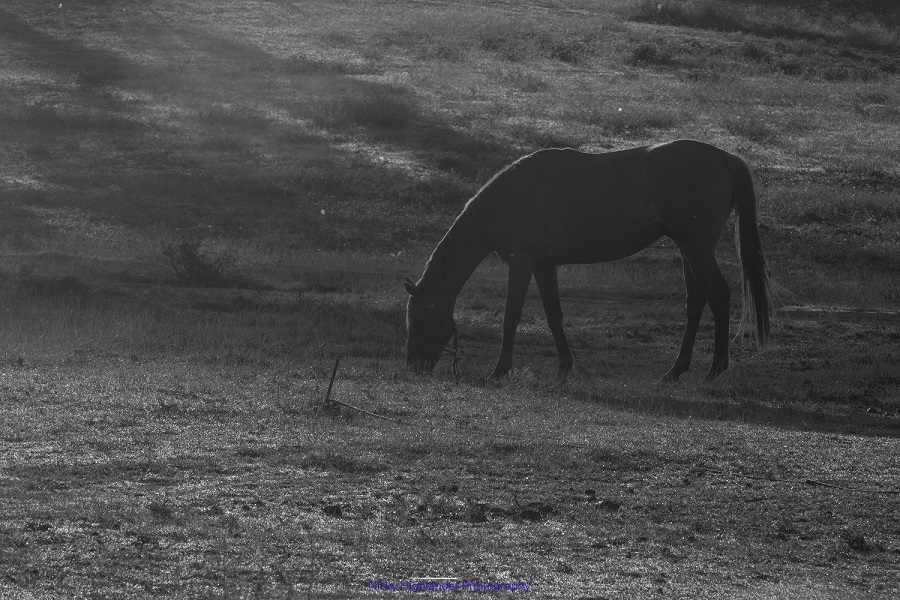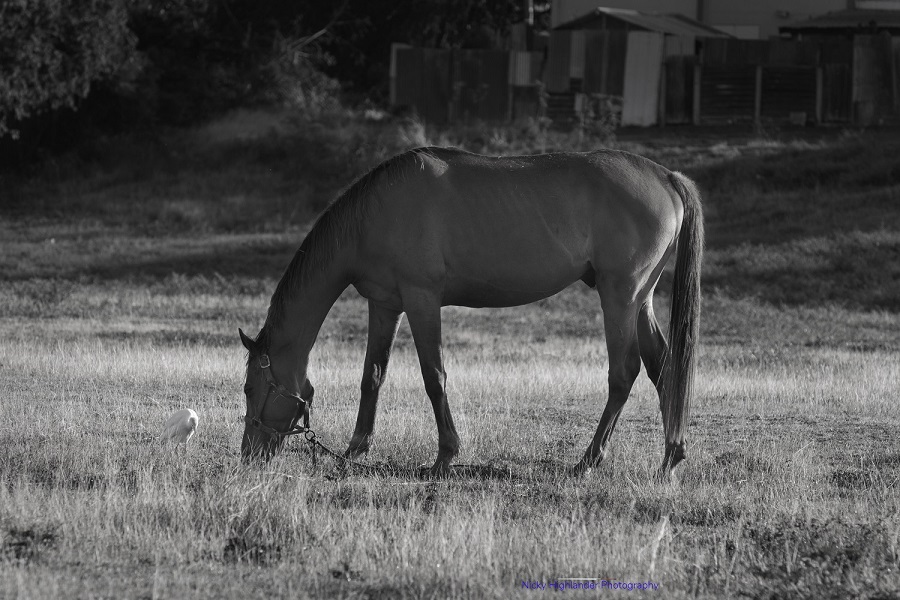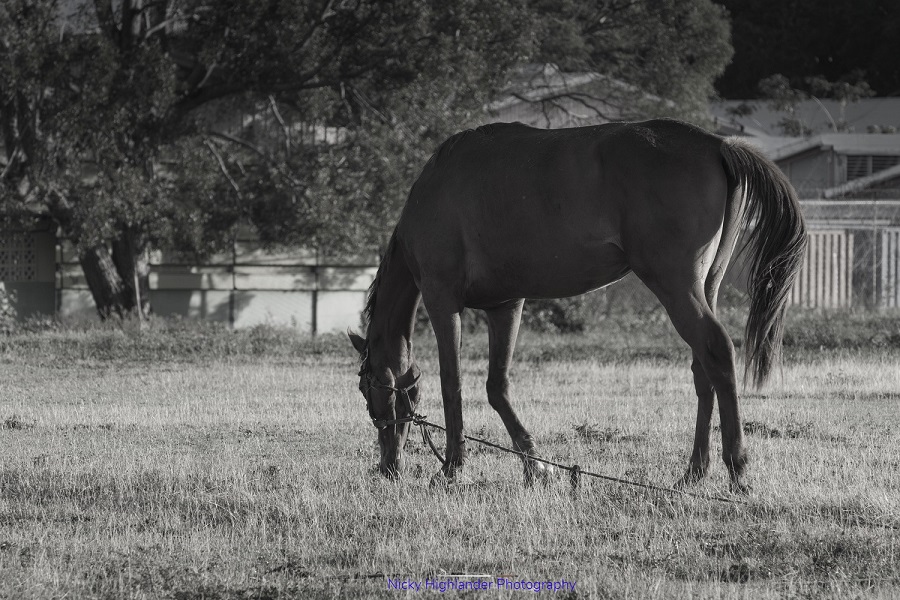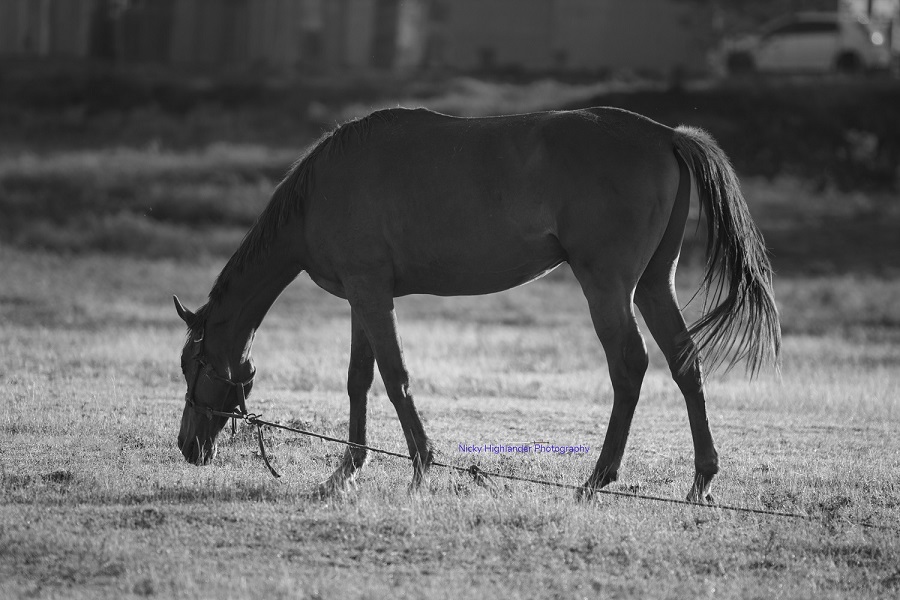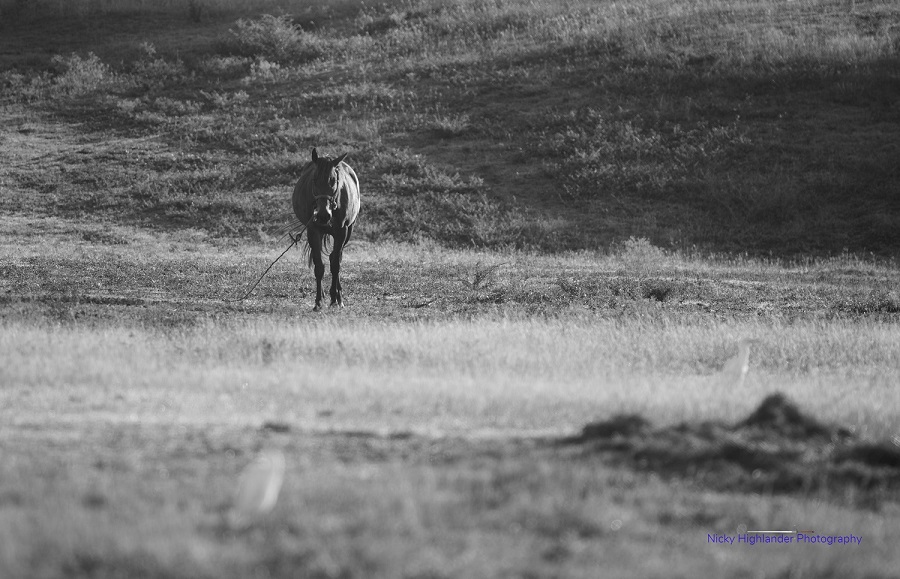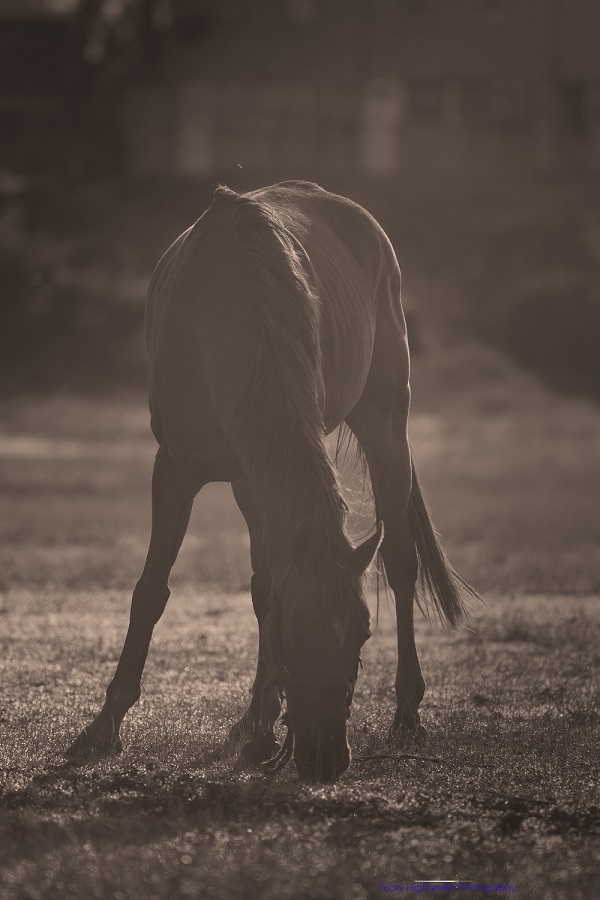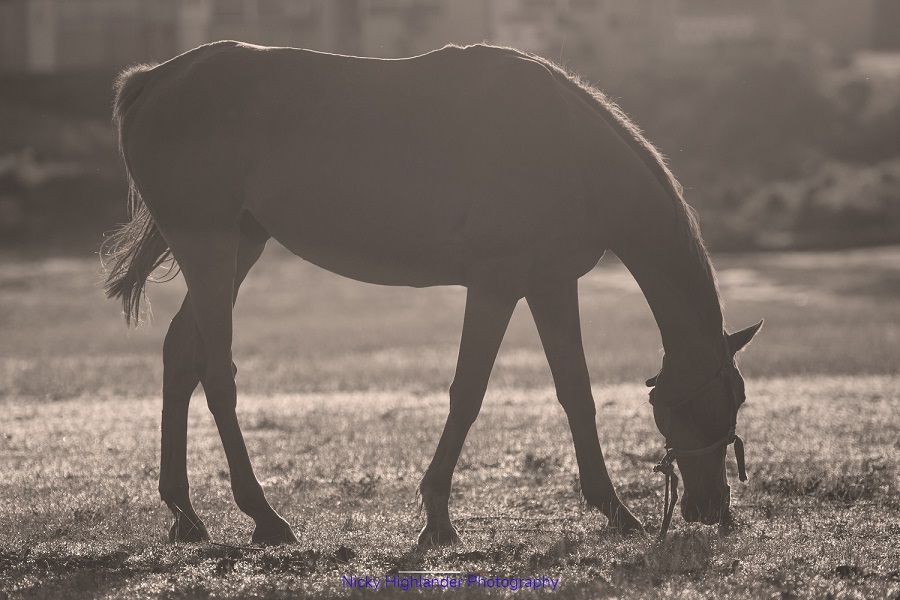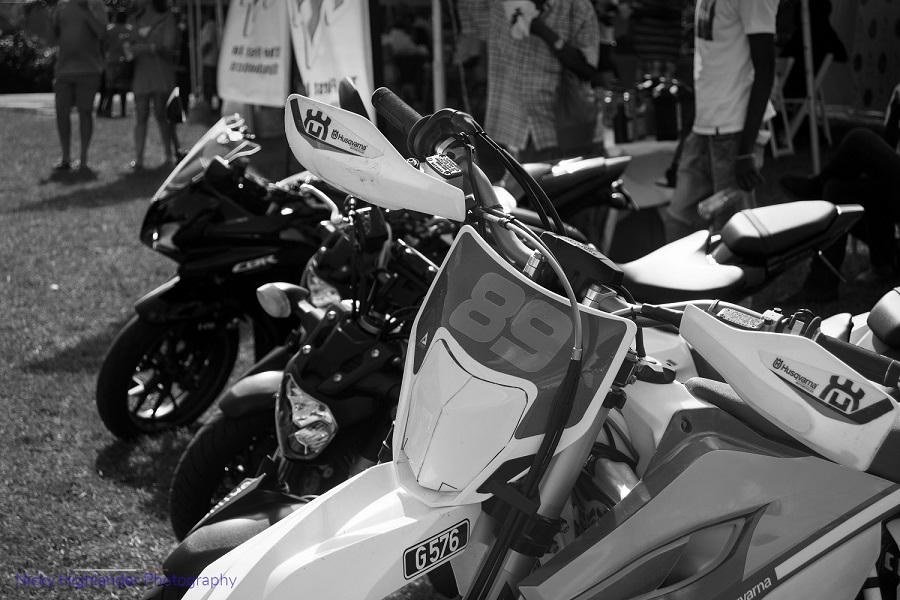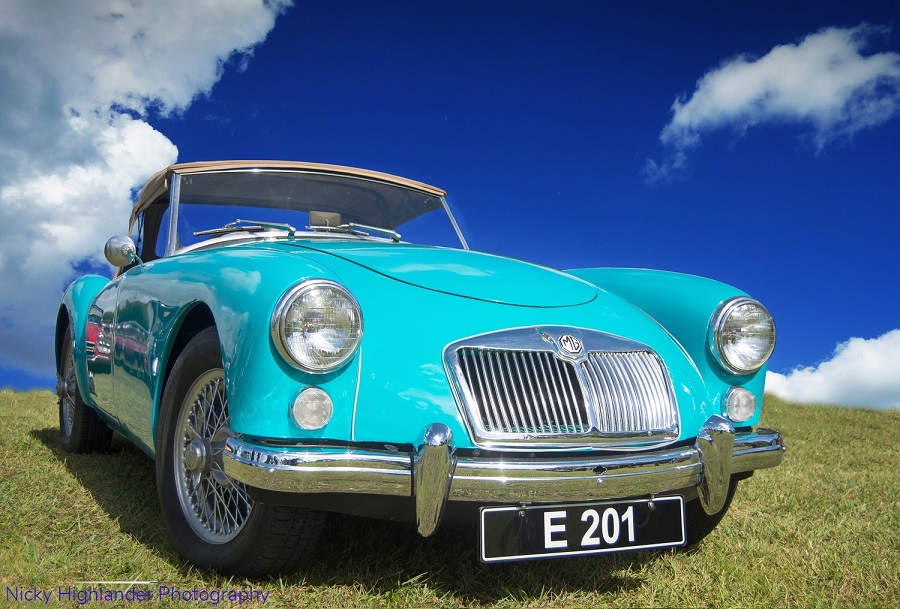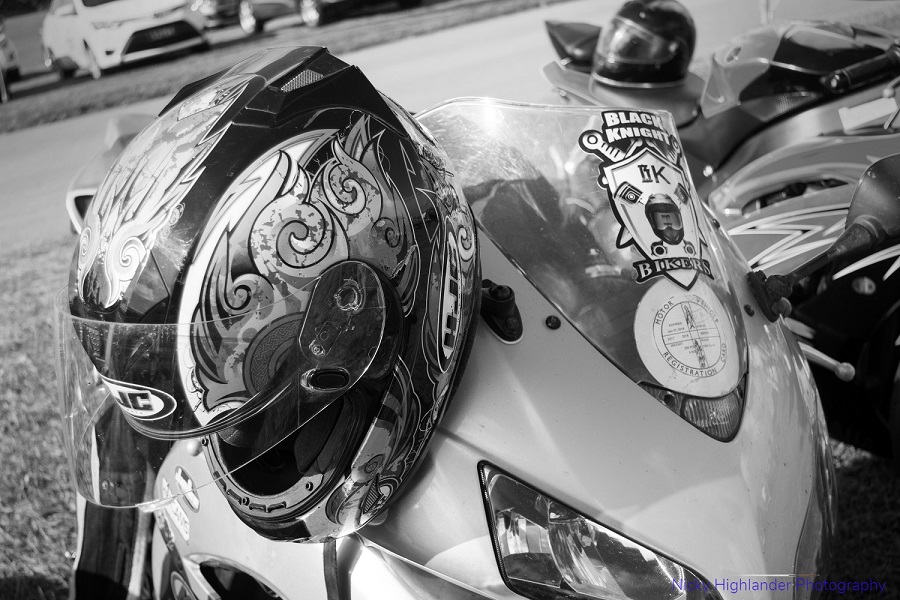Recently I've been wondering which projects I should take up in 2022. I don't know if I am the only one but I've found it a bit difficult to get started in photography this year. What does one do when there is the will but a lack of opportunity? Or vice versa? What should one do when you feel like you have hit a creative block? I've certainly felt "stuck in a rut" recently. It happens to all of us every once in a while, but the recent mix of the pandemic and general downturn of 2021 has left some of us with very little creative energy. My approach to photographer's block has usually one of the following:
Change direction by buying new gear - while a fun idea, it is not always feasible or fiscally responsible;
Set yourself a mini project or try something completely new from a tutorial ;
Go back to basics
In this case, I decided to combine options #2 and #3. In the past, I've always considered mobile photography to be frivolous at best. I'm old fashioned so my phone was mostly for making calls. The substandard camera was solely for taking photos in case of an accident or getting a number on a billboard when I didn't have a pen. But much like DSLR cameras, mobile phone capabilities have moved beyond the grainy 0.35 megapixel images. There exists a number of lenses and lighting equipment available specifically for mobile phones. This brings a powerful tool into the hands of more amateurs without a need for much "technical know how" or jargon. So where does that leave the old fashioned enthusiasts and professionals? I don't think that the mobile phone is ready to replace the creative flexibility of its DSLR/mirrorless counterparts. But I do think both seasoned professionals and amateurs alike can find a lot of worth in improving their skills in mobile photography.
For some of us who started shooting digitally, we might have started on a point and shoot camera. Technically less complicated and mostly unassuming, that camera fueled our personal curiosity into the image making process. I know most purists will consider using mobile phone to be a step down from "real photography". I definitely do not agree. The real art in photography is not necessarily the priciest tools, but rather thoughtful composition and crafty storytelling. Technical ability is also key. I would rate those well above gear any and every day.
Going back to my project, what rules did I set for myself during my project? It was simple. First, shoot only on mobile phone (which is the point of this entire article). Second, edit only on the same device using a free photo app like Snapseed. Unofficially and lastly, edit within an hour of taking the shot. What happened, you asked? Well, I honestly had fun with it, way more than I expected to. Most importantly, I have changed my mind on mobile photography now. One of my favourite photography quotes says "the best camera is the one that's with you”.
I'll let you judge the results. Feel free to share your own tips and photos with me. More to come...
Extra tutorial resources:
https://www.youtube.com/watch?v=eV3HOh4Z4J8
https://www.youtube.com/watch?v=xHvFHRPLvII
https://www.youtube.com/watch?v=HXIVNdp_SoM
https://www.popsci.com/take-better-smartphone-photos/
https://digital-photography-school.com/mobile-phone-photography-beginner-tips/
Camera and equipment details:
Camera: Samsung A21S
Lighting: Natural Light
Editing Software: Snapseed
Until next time....














